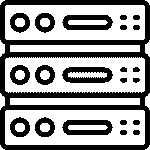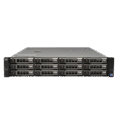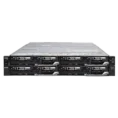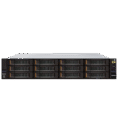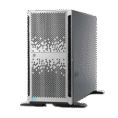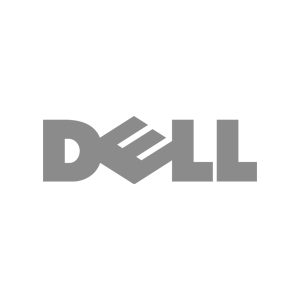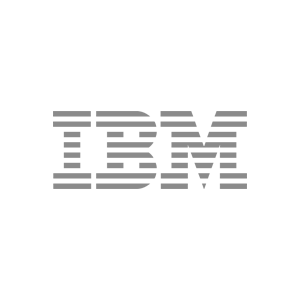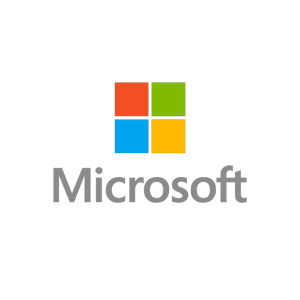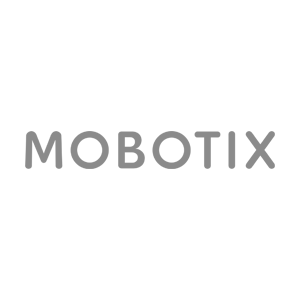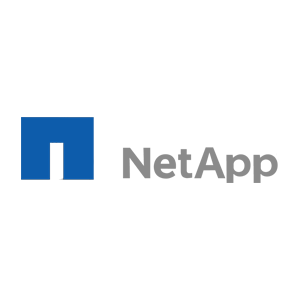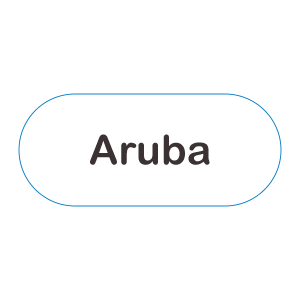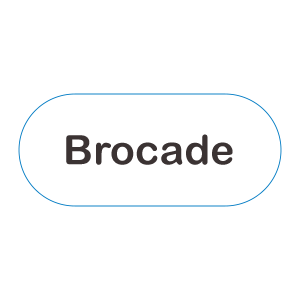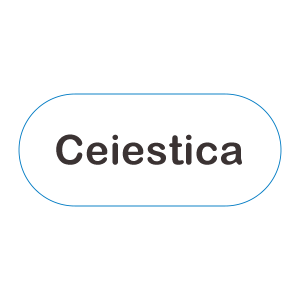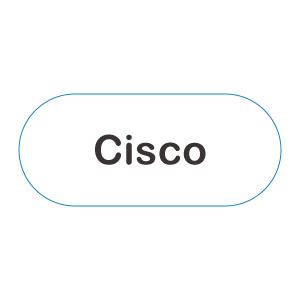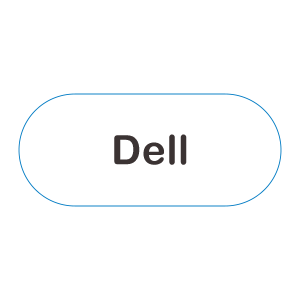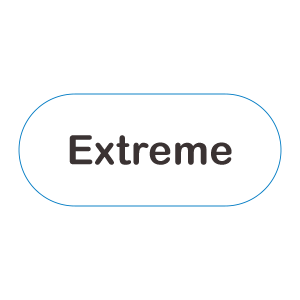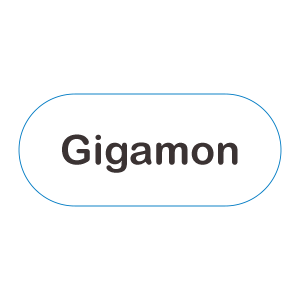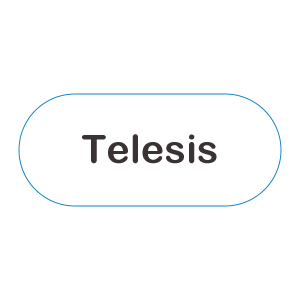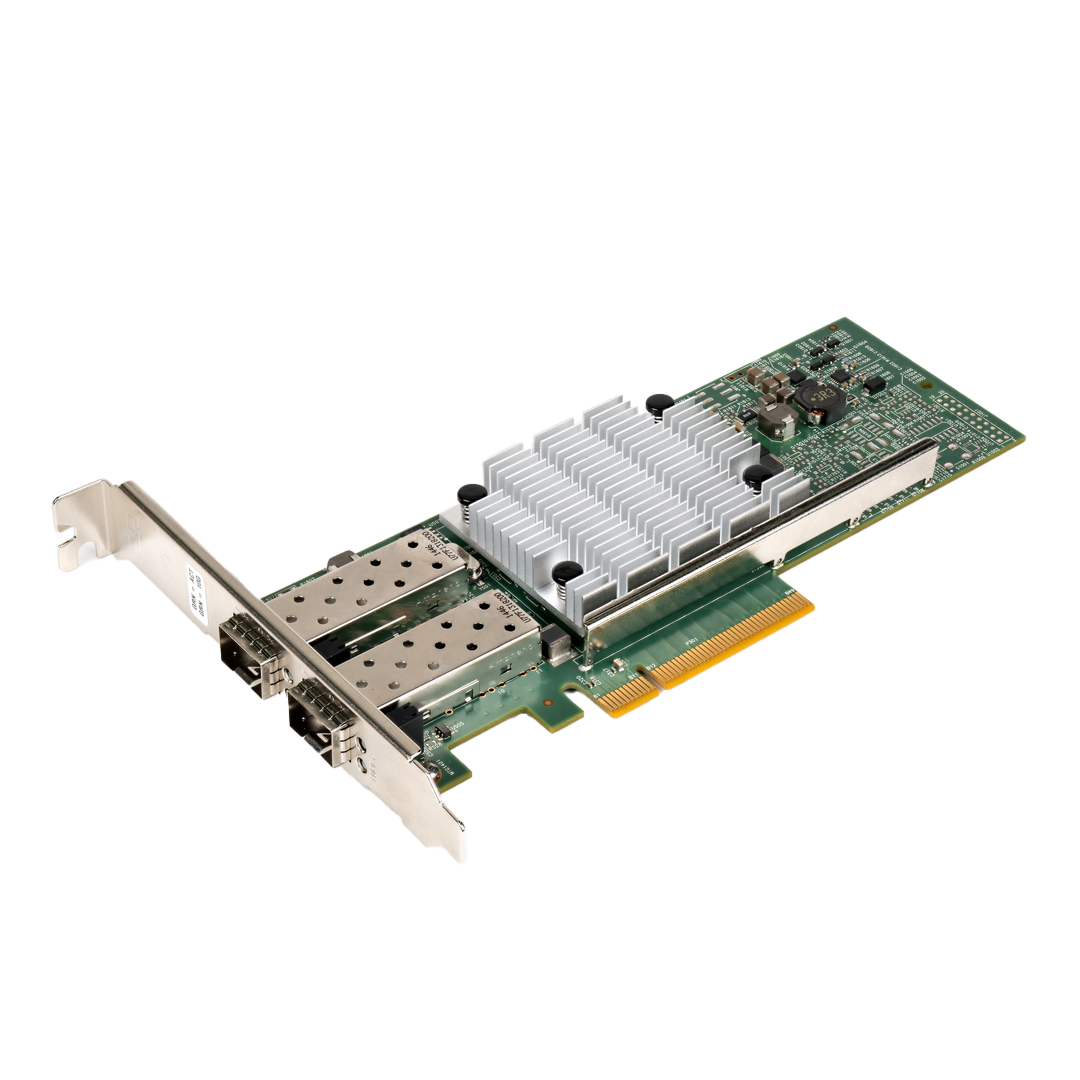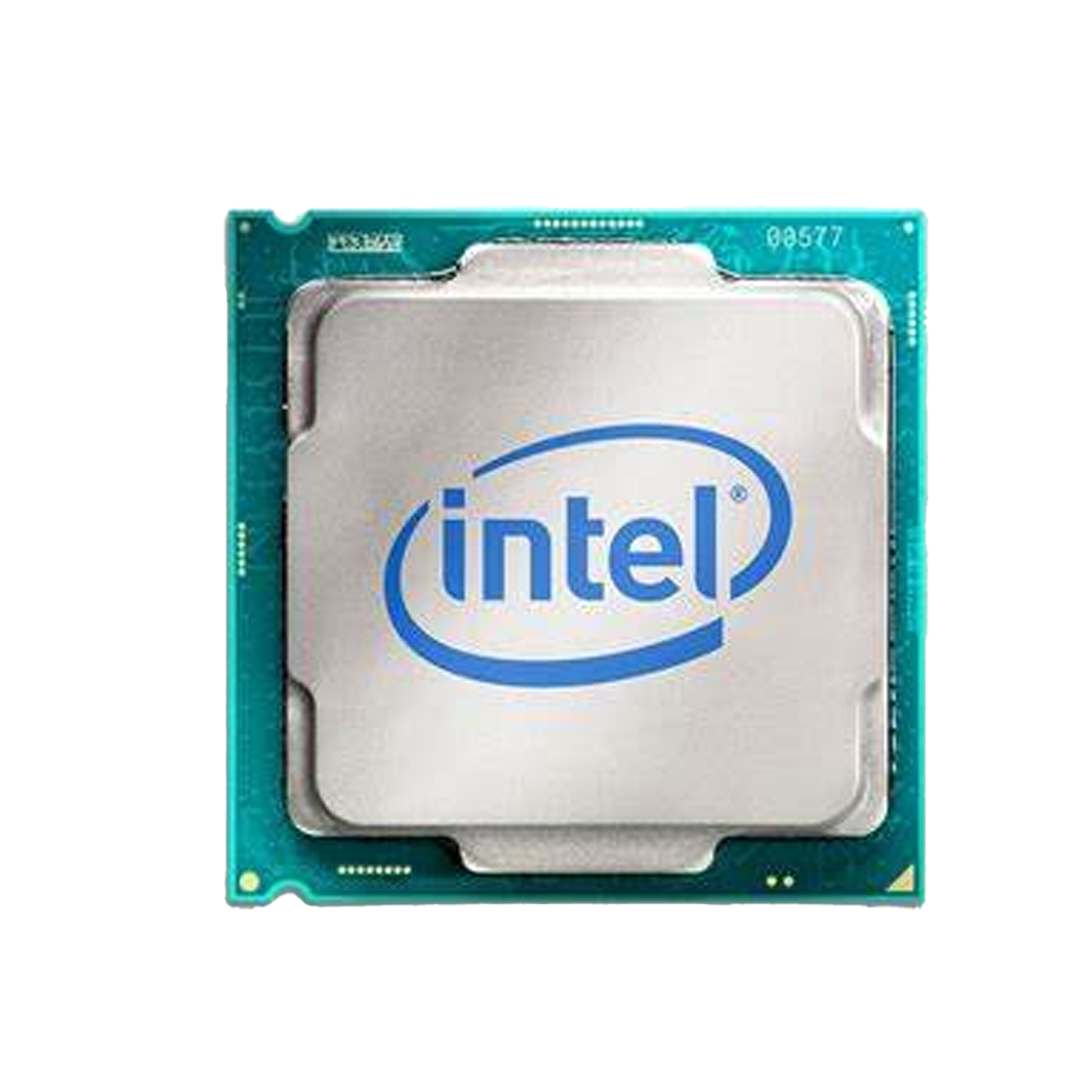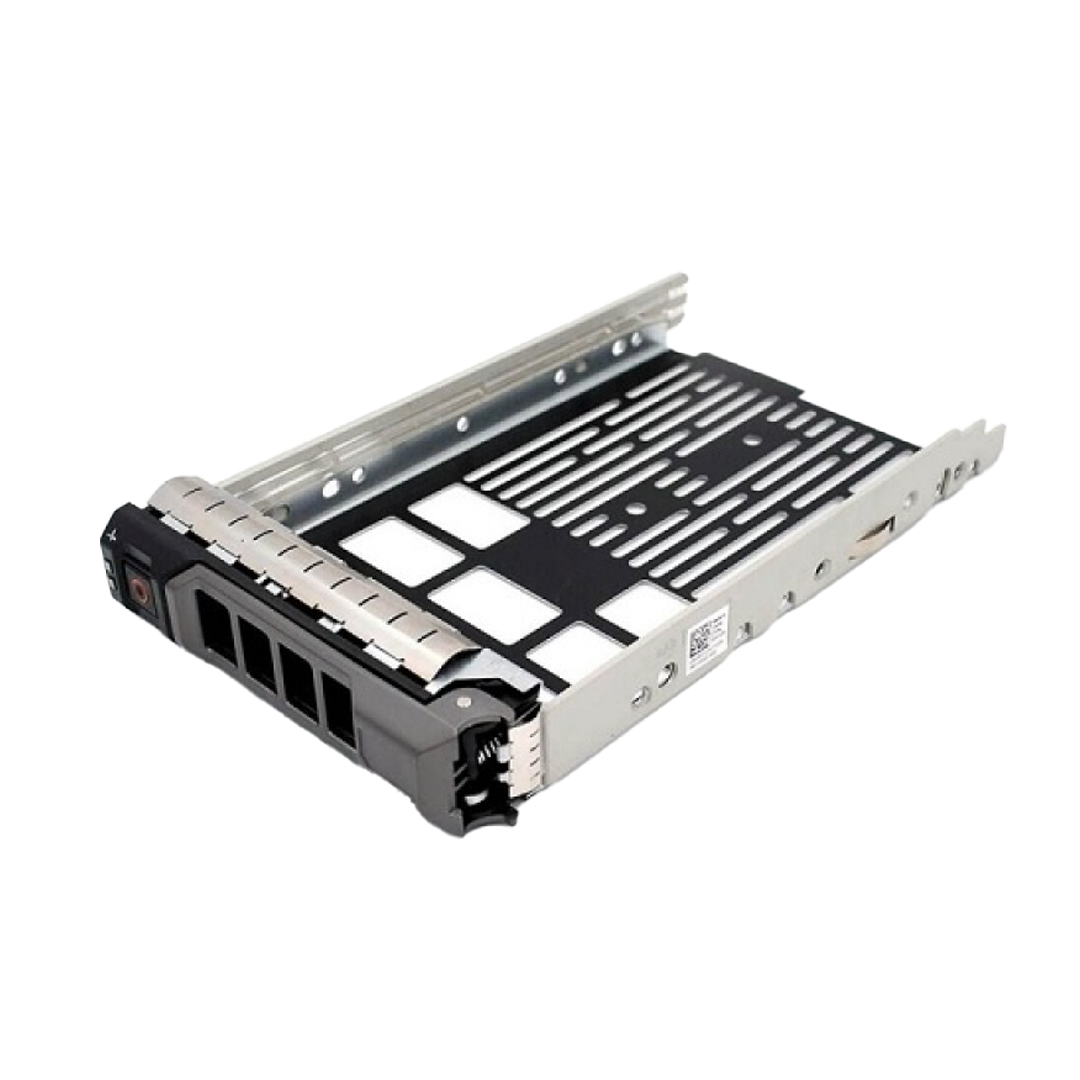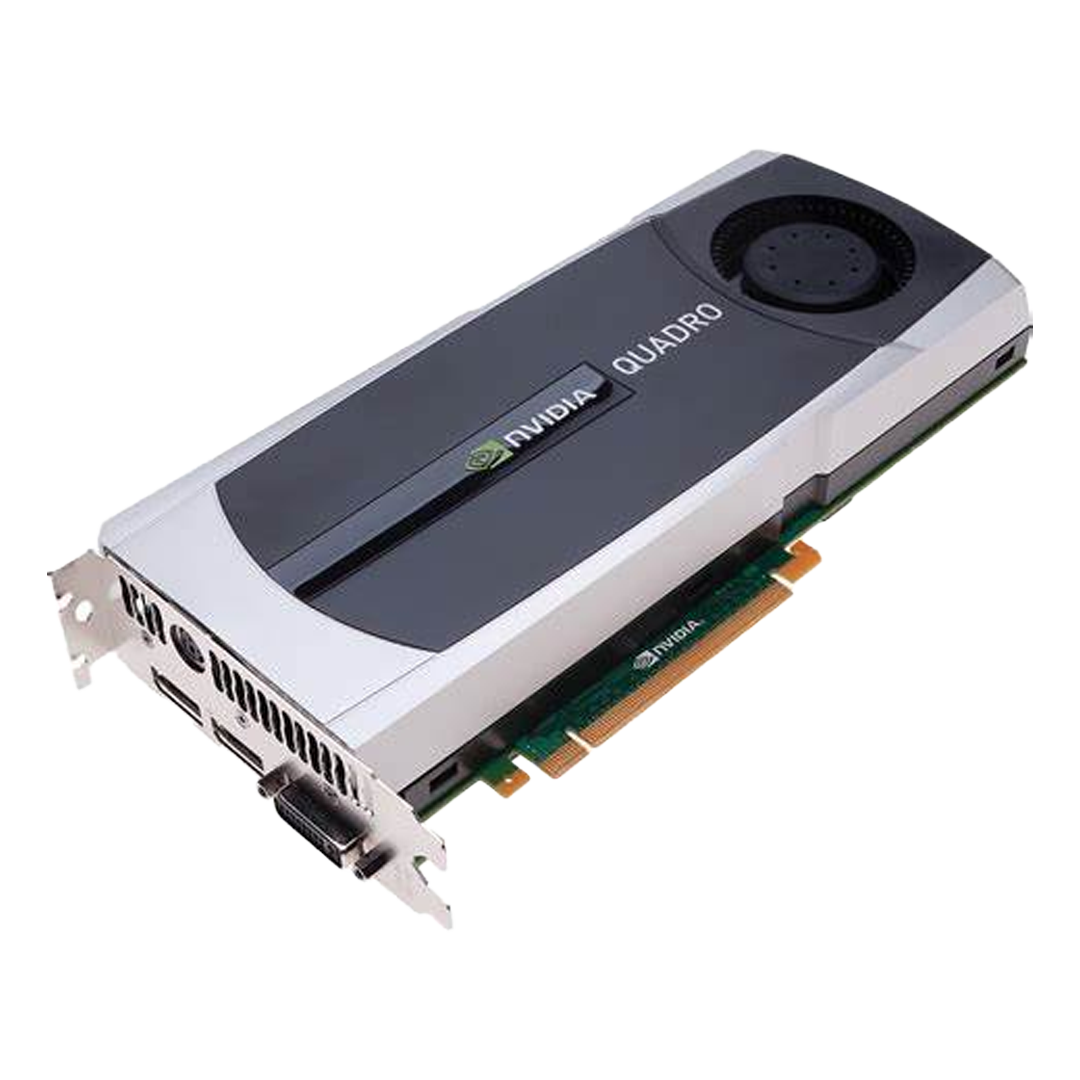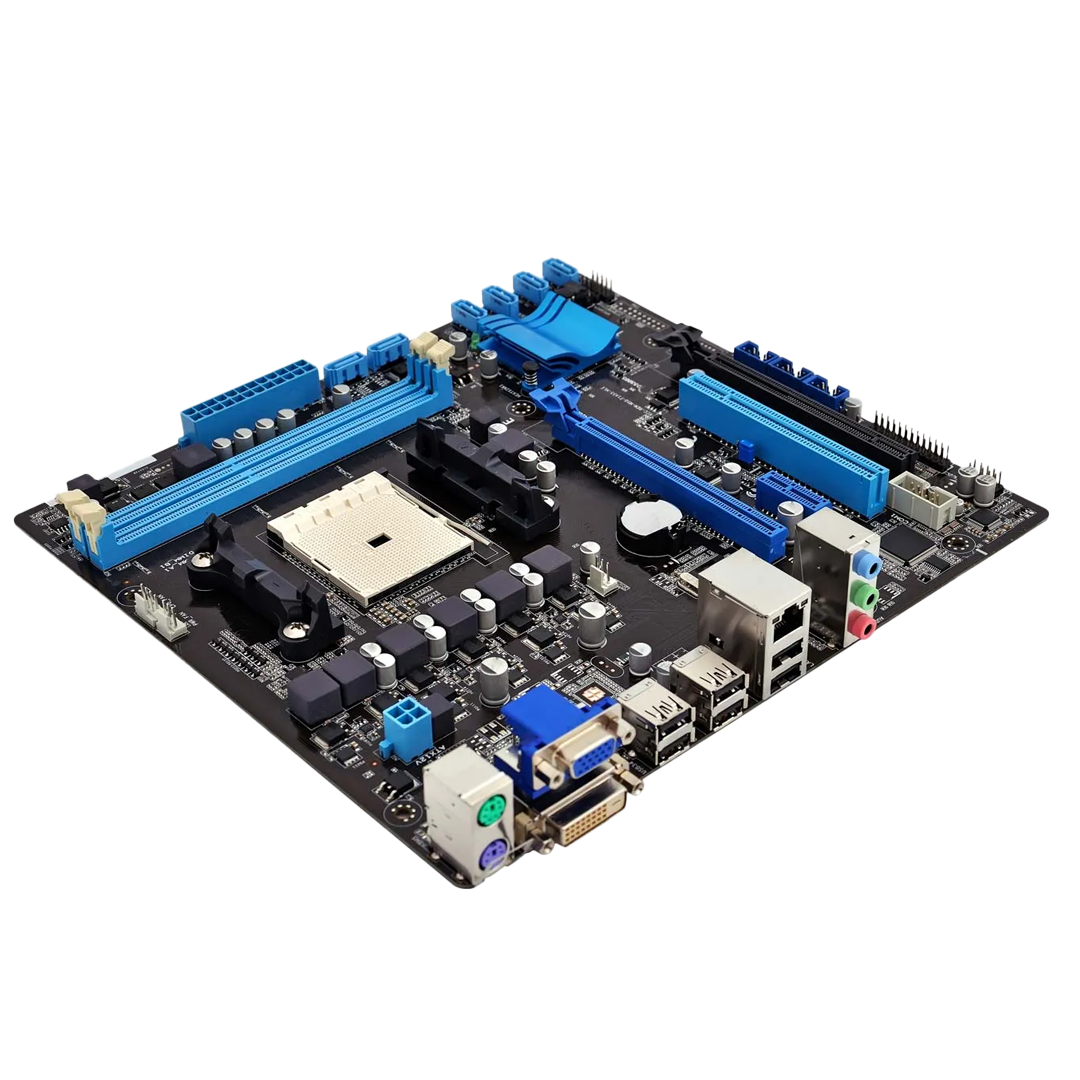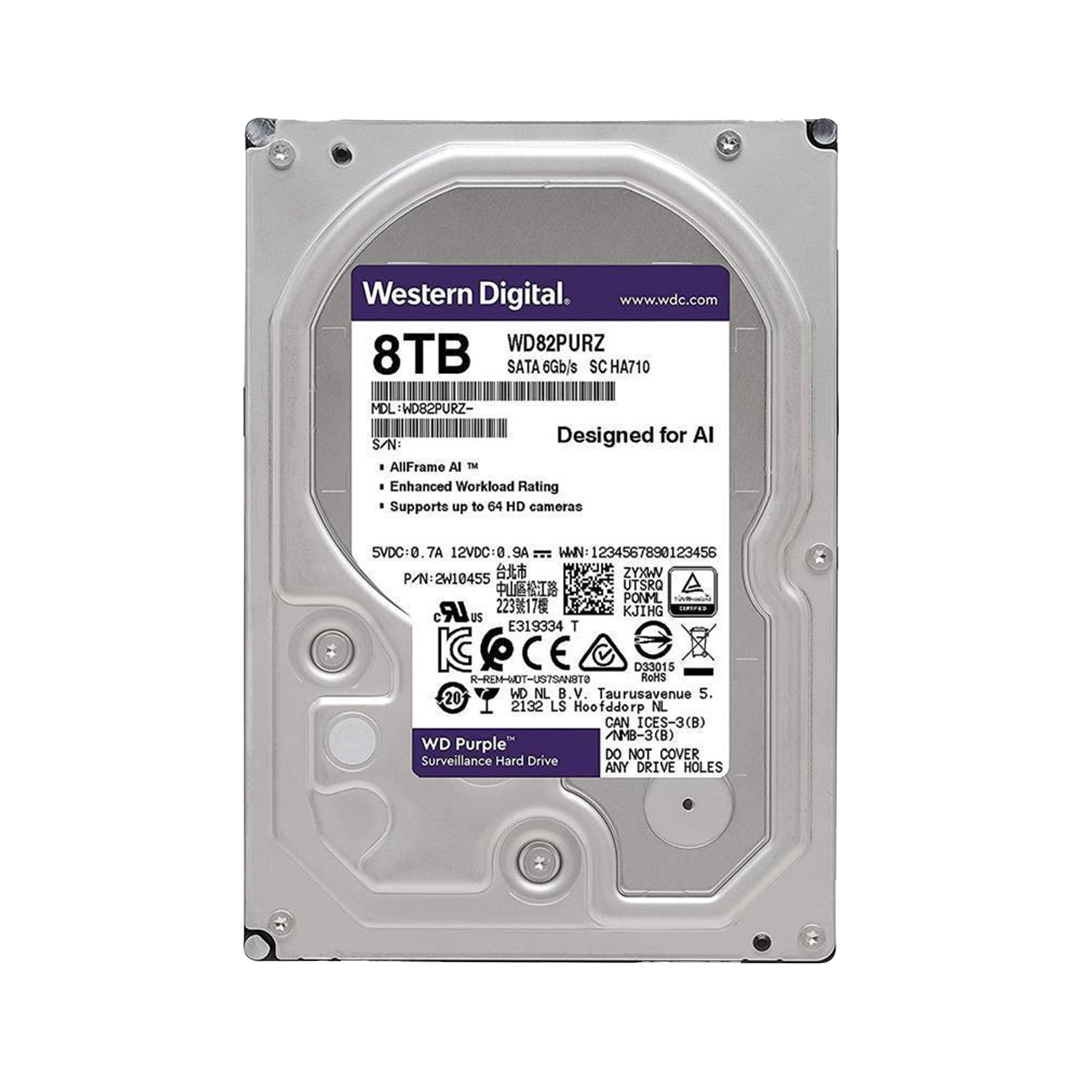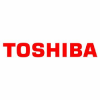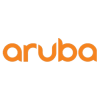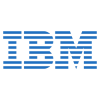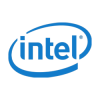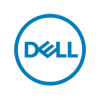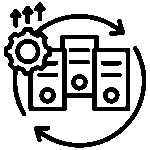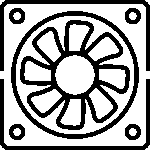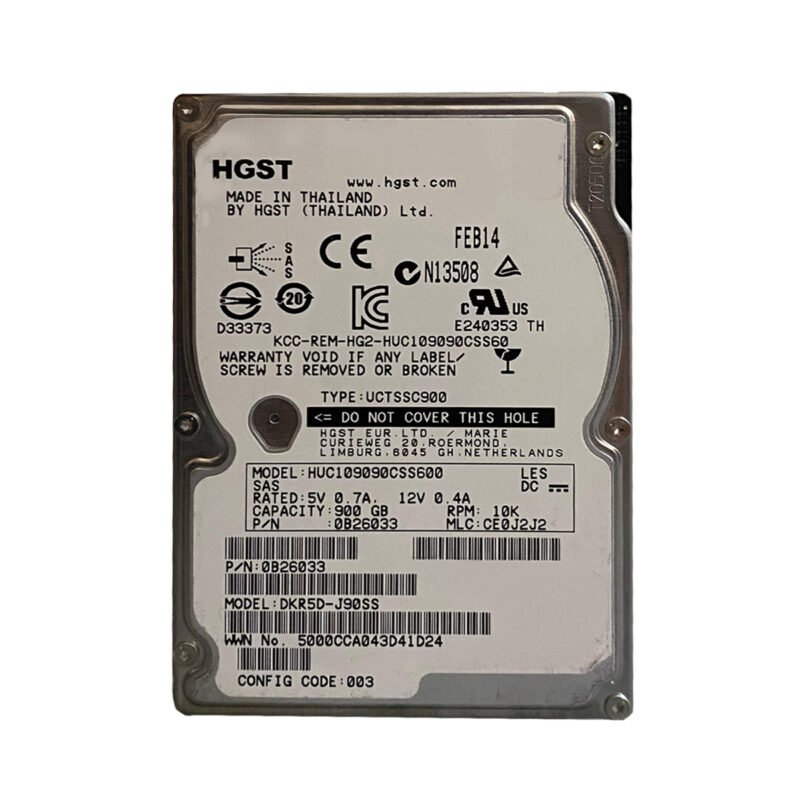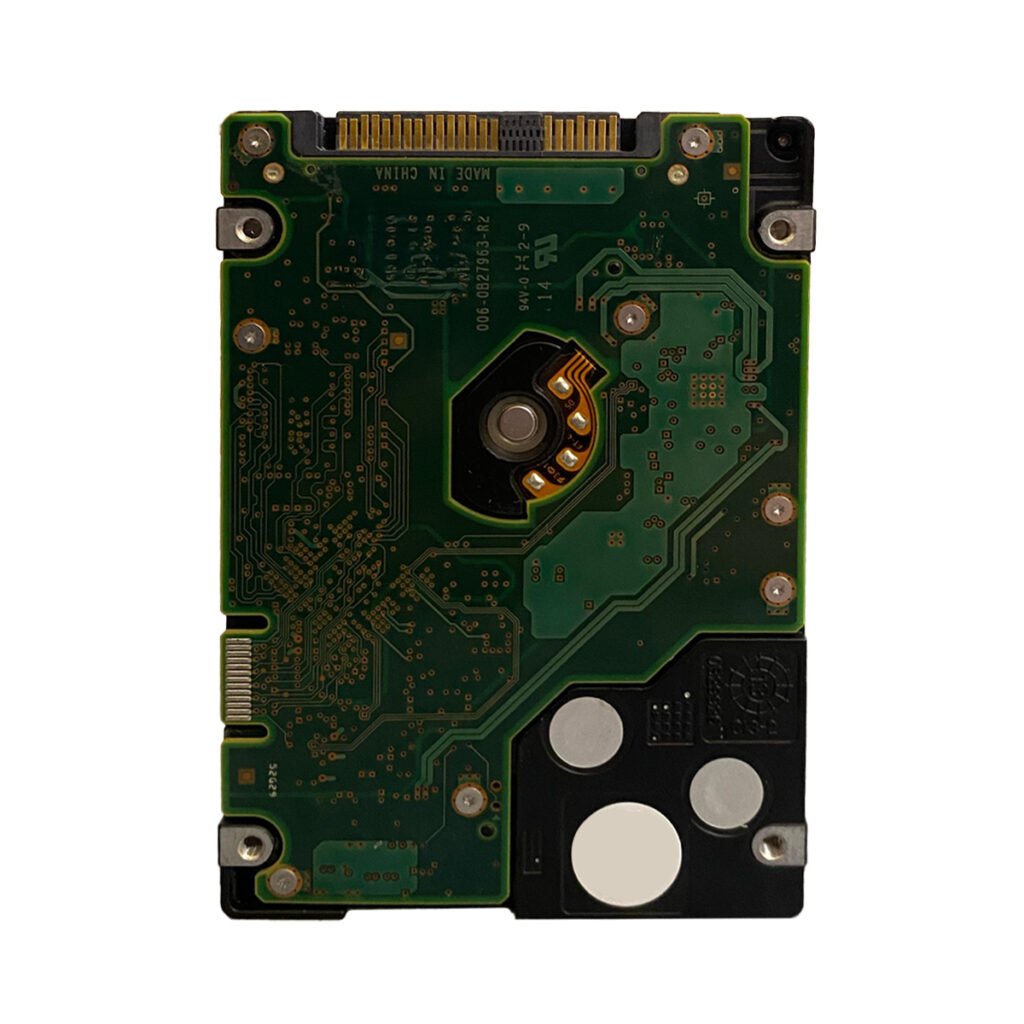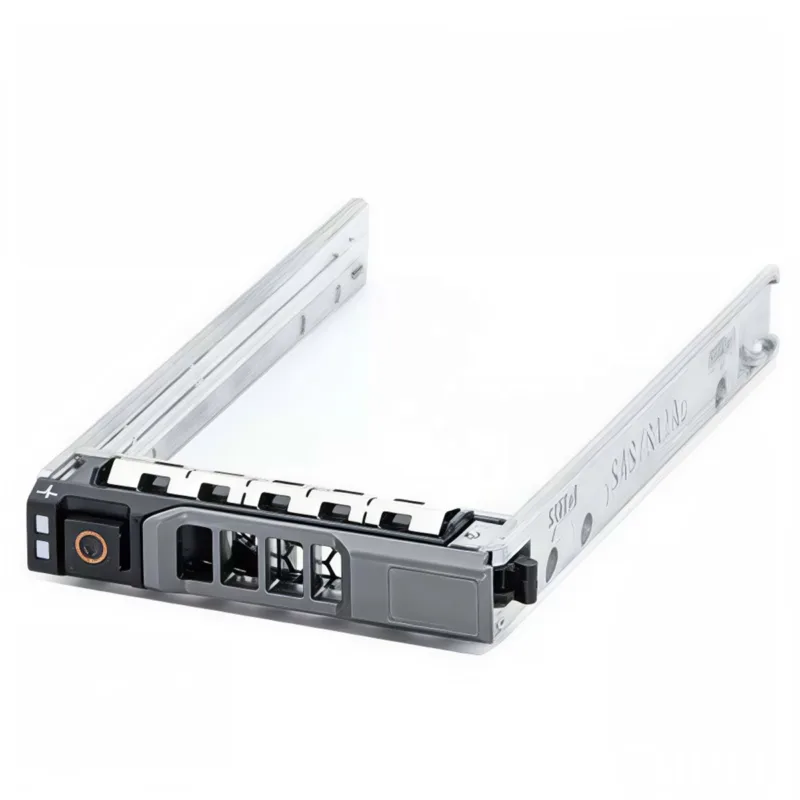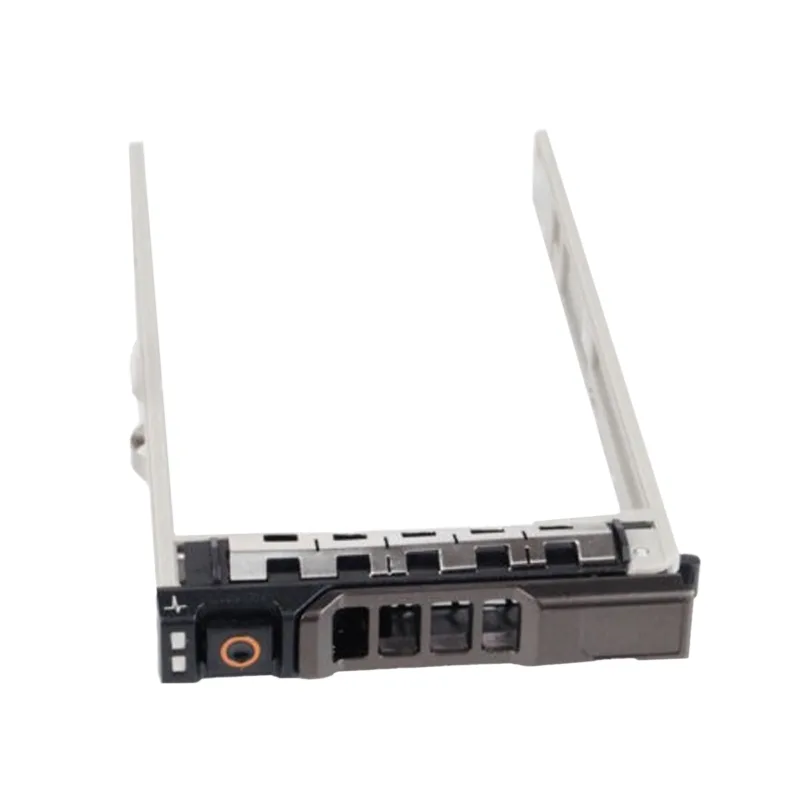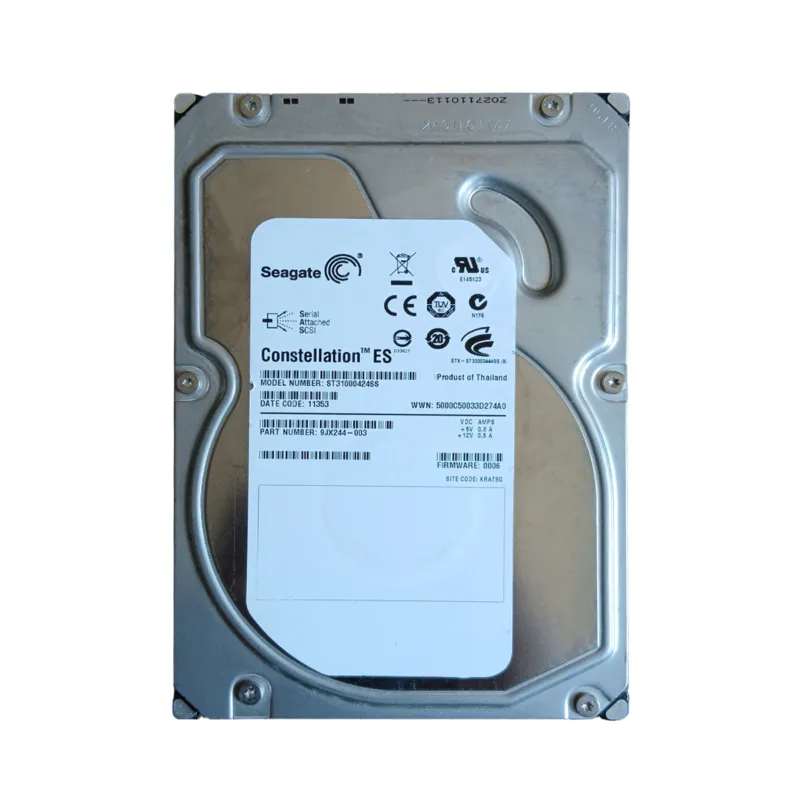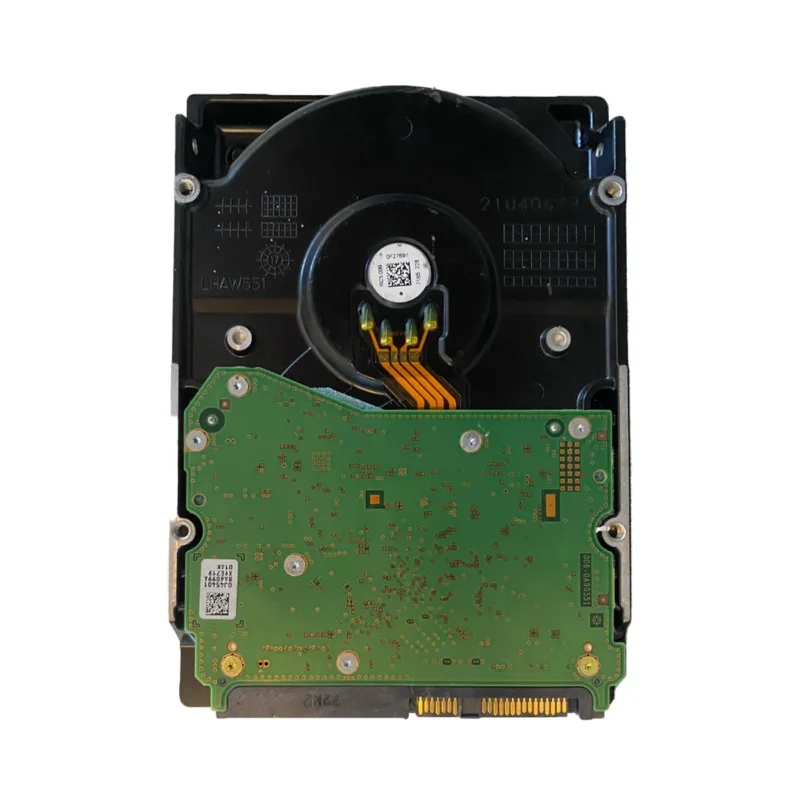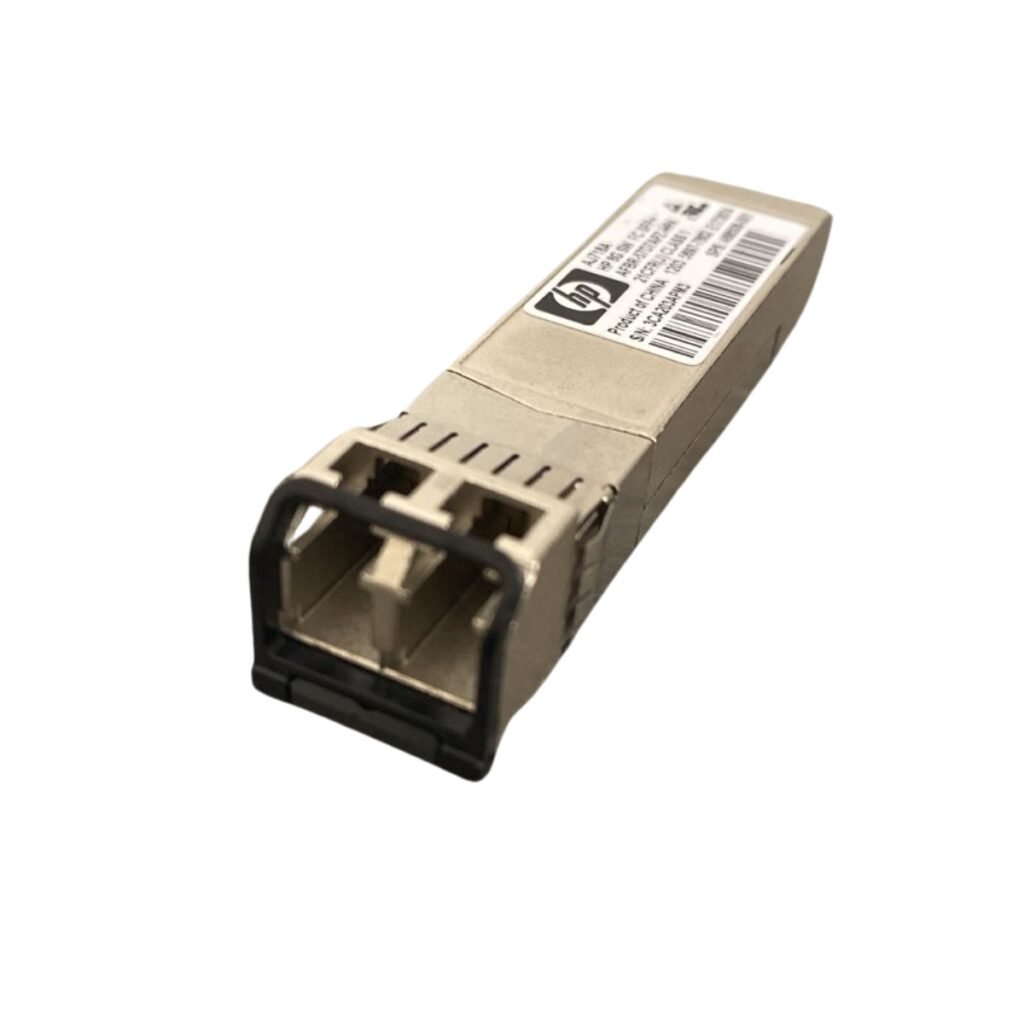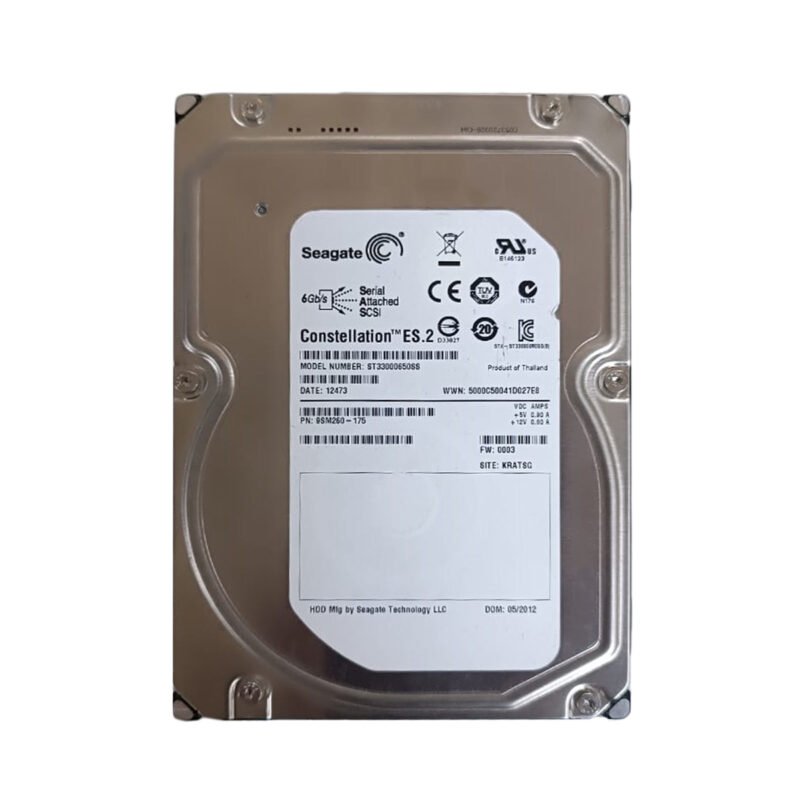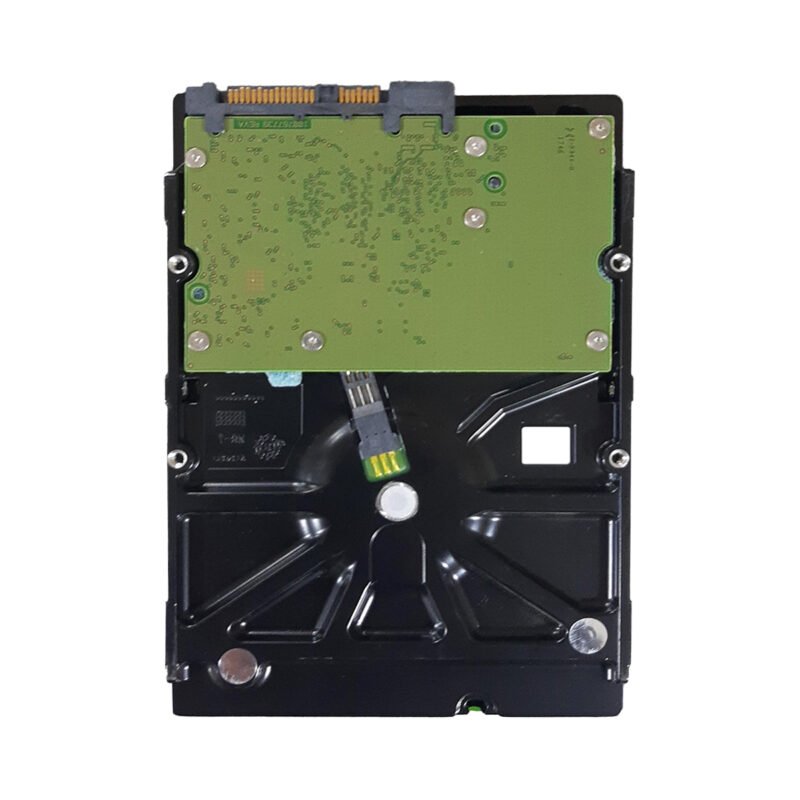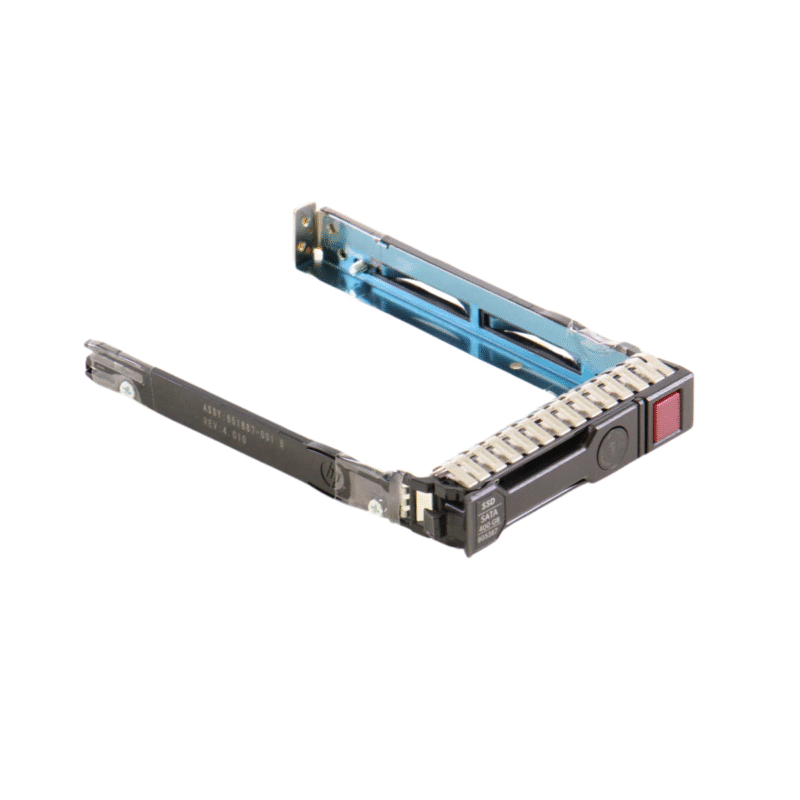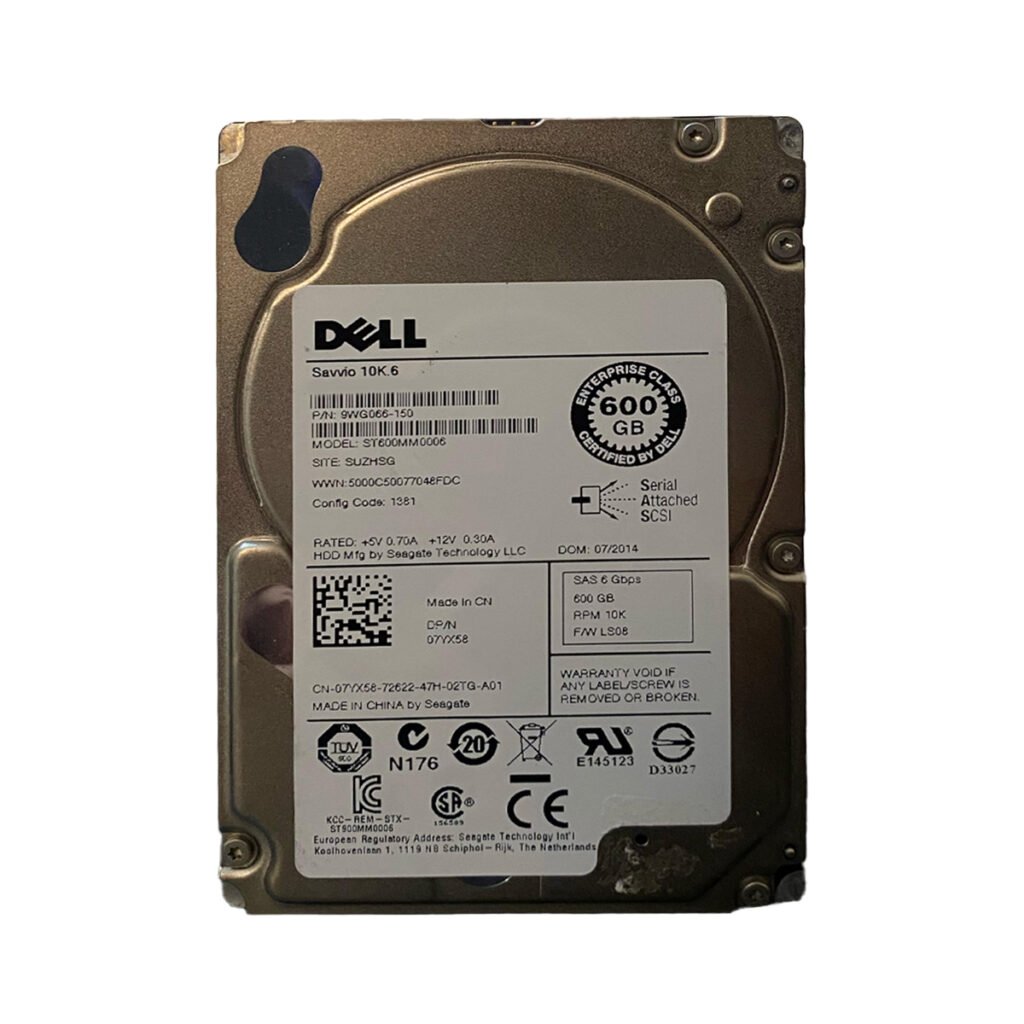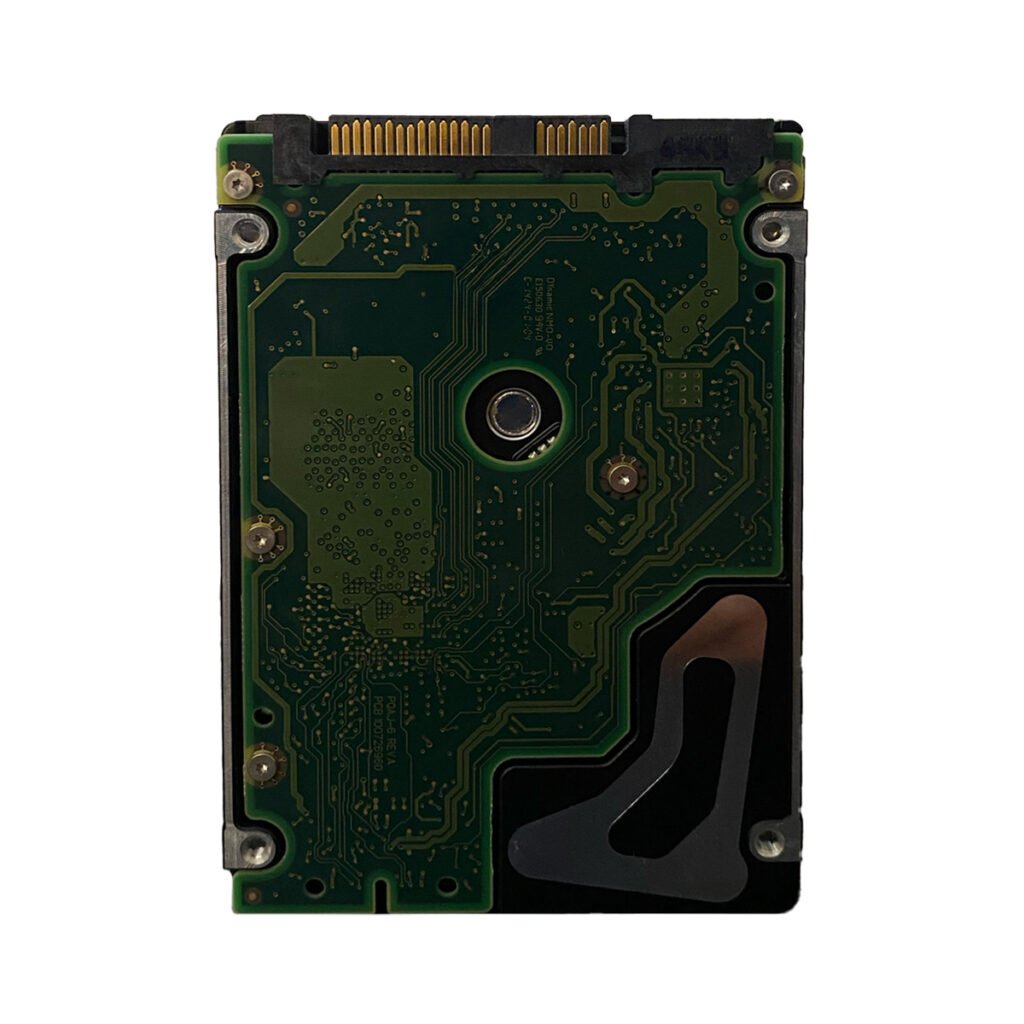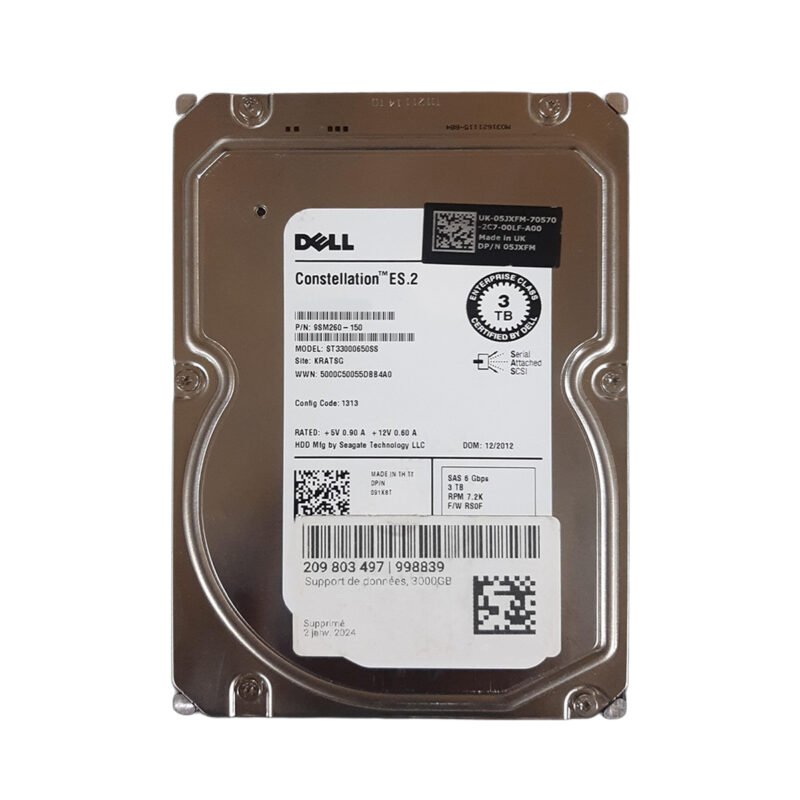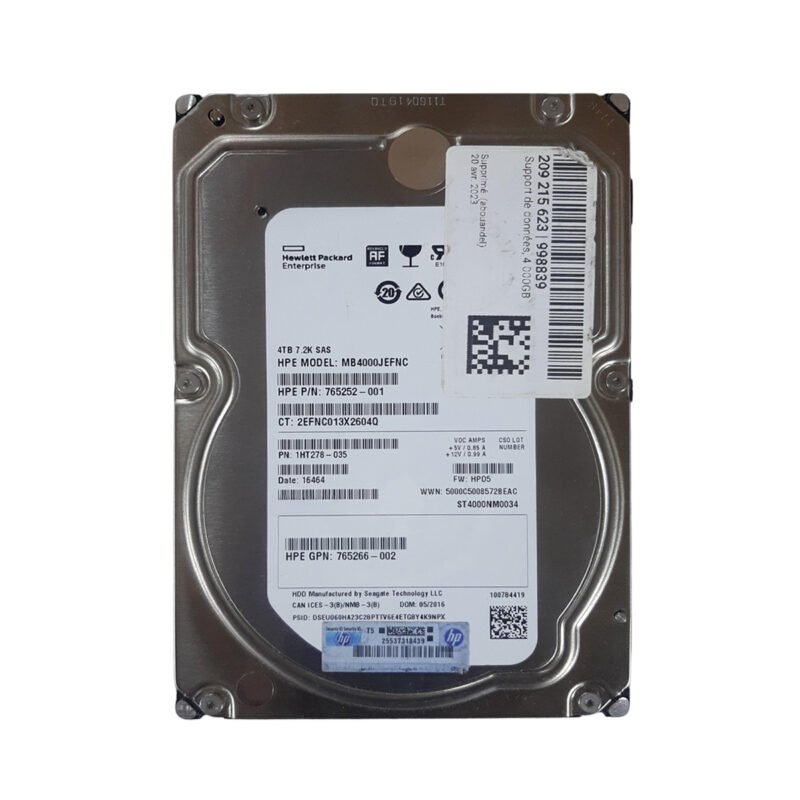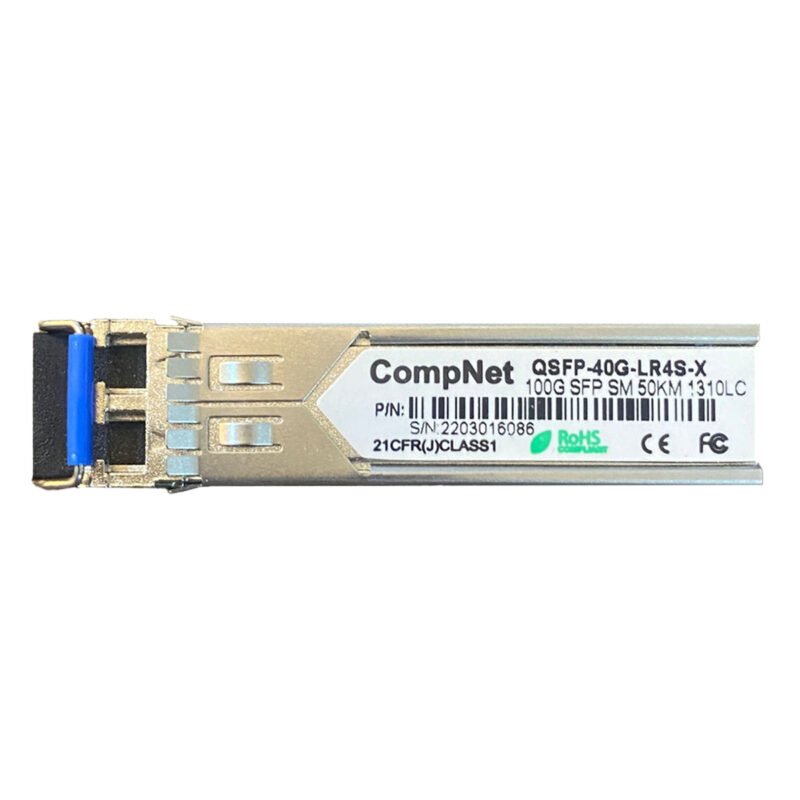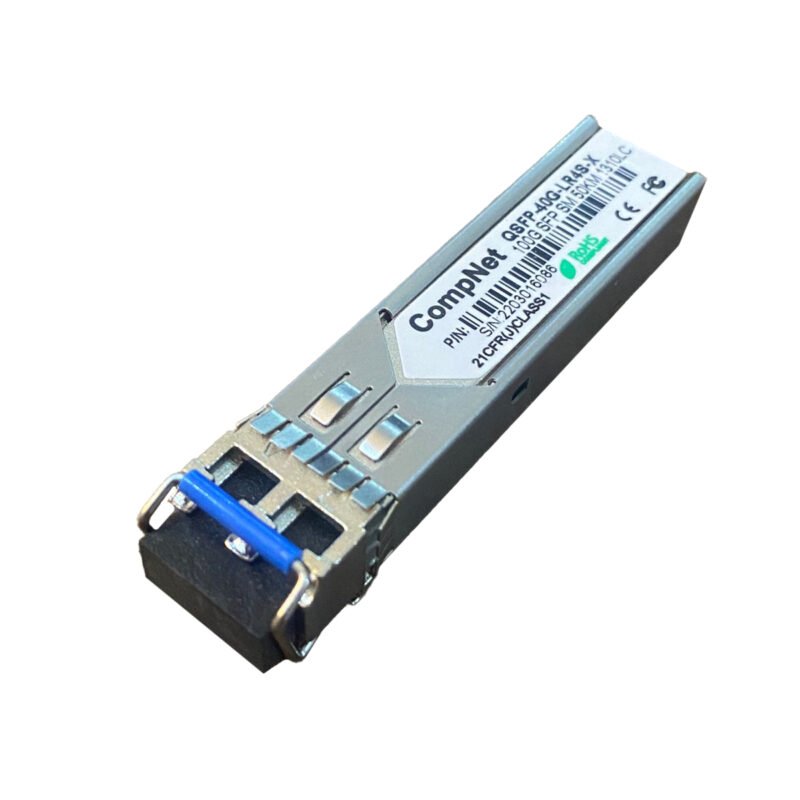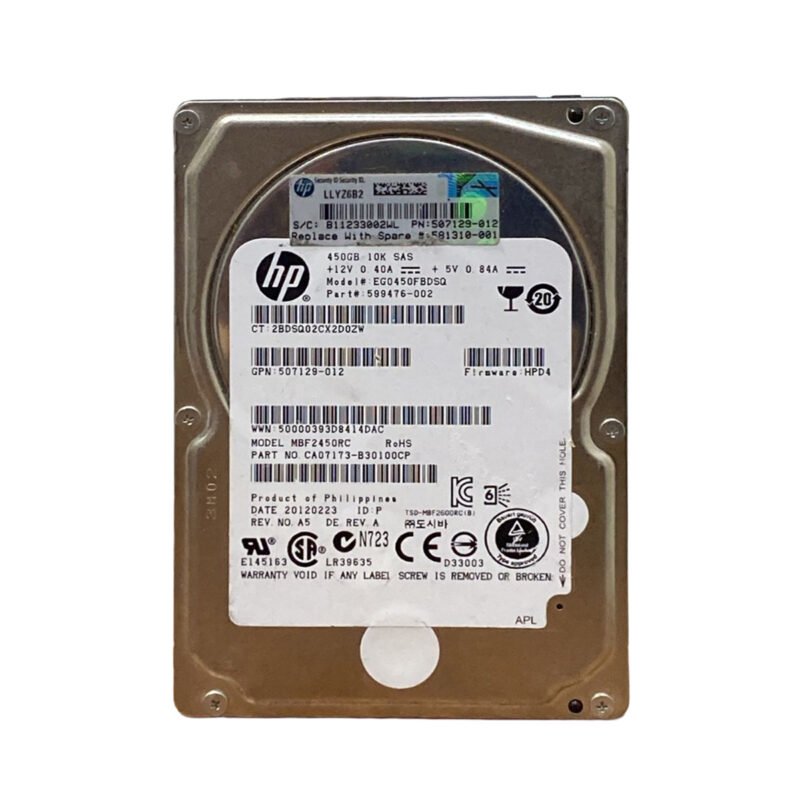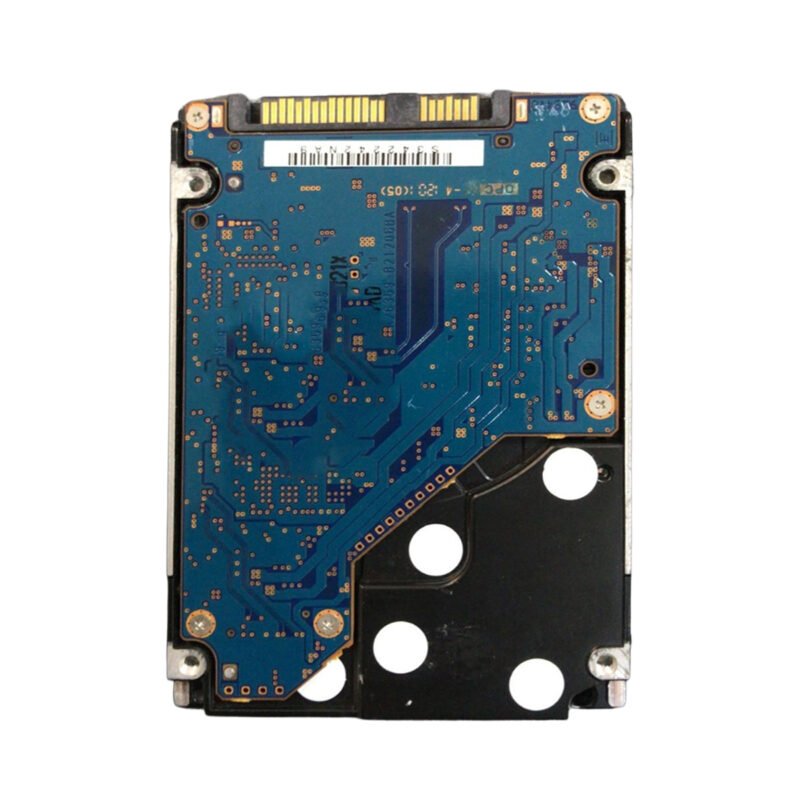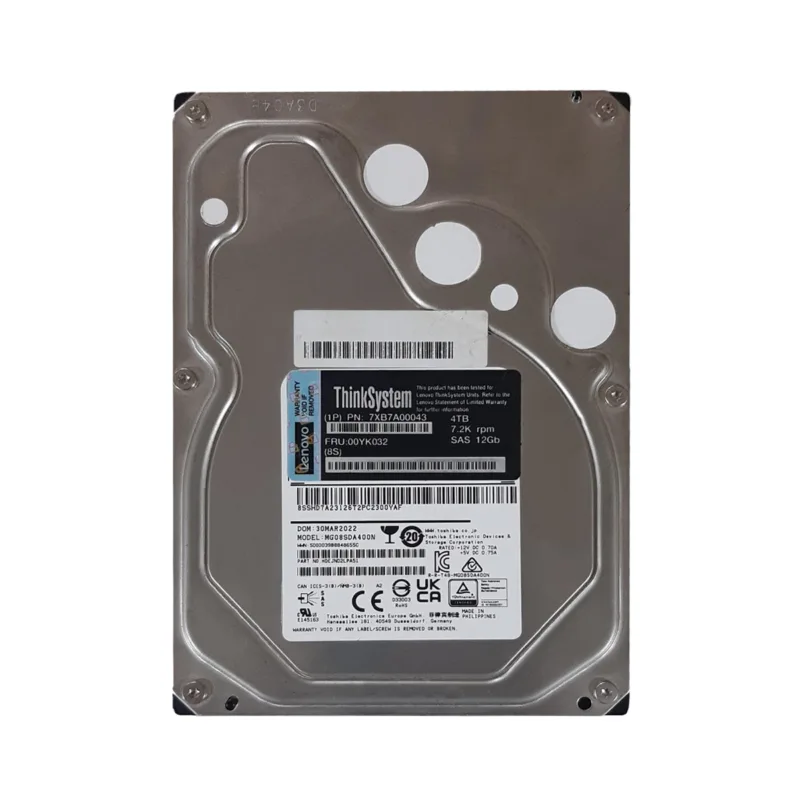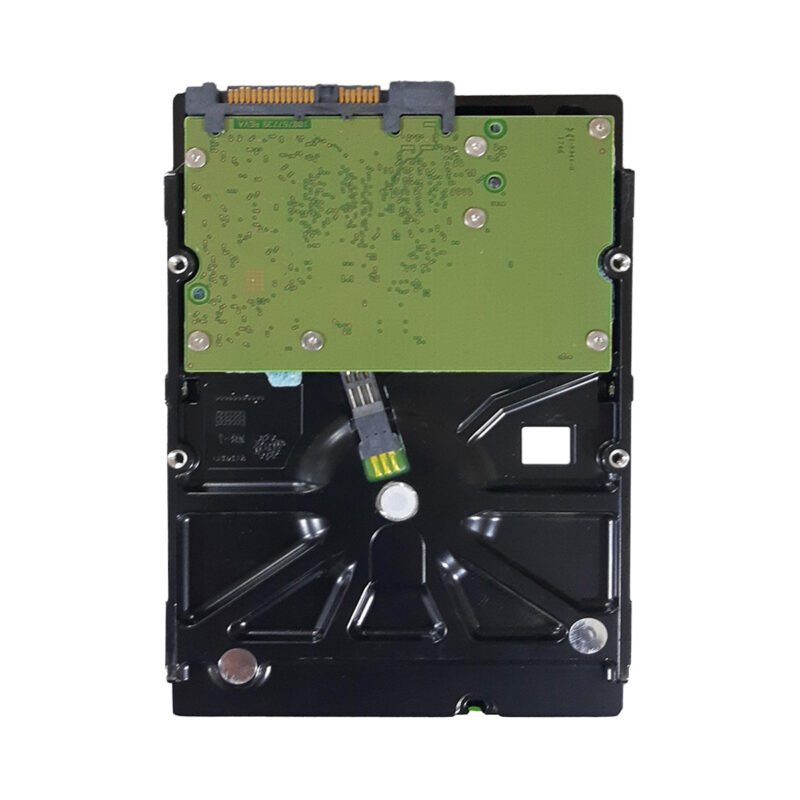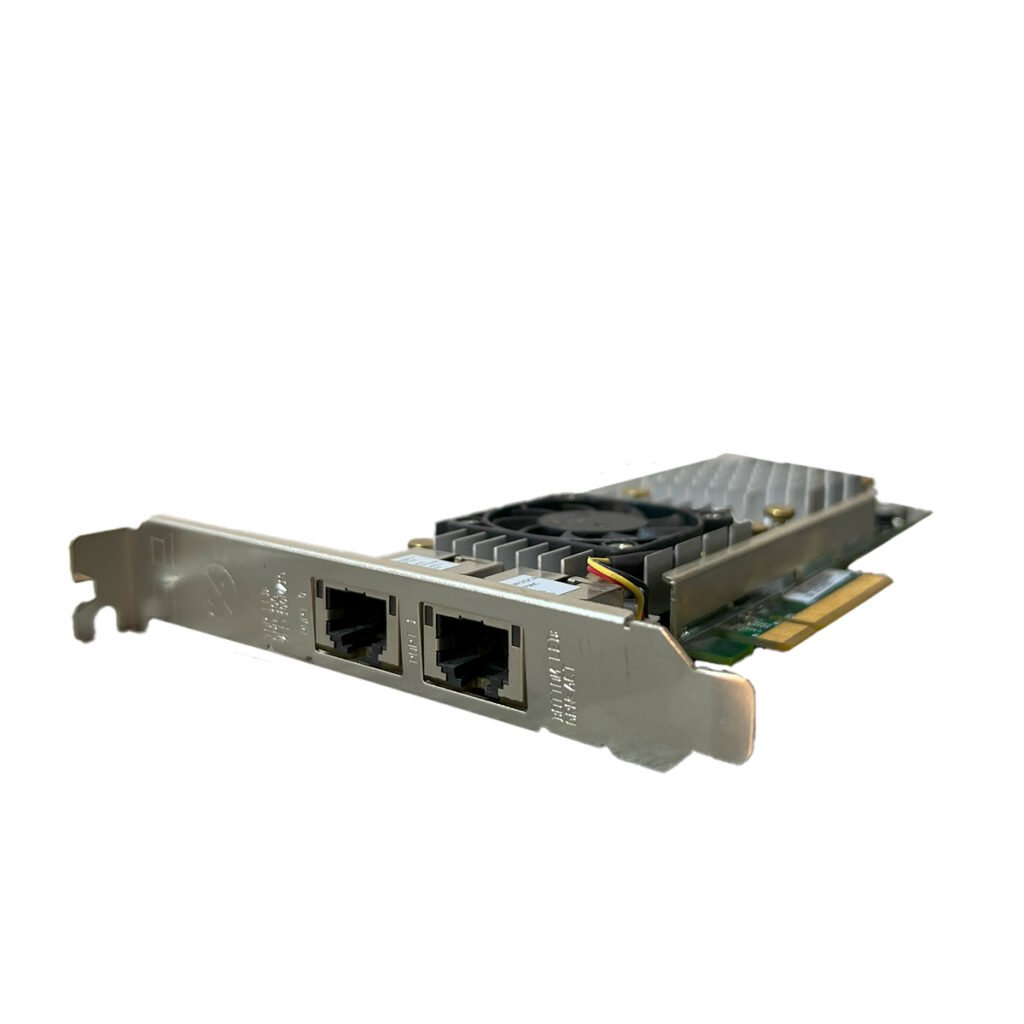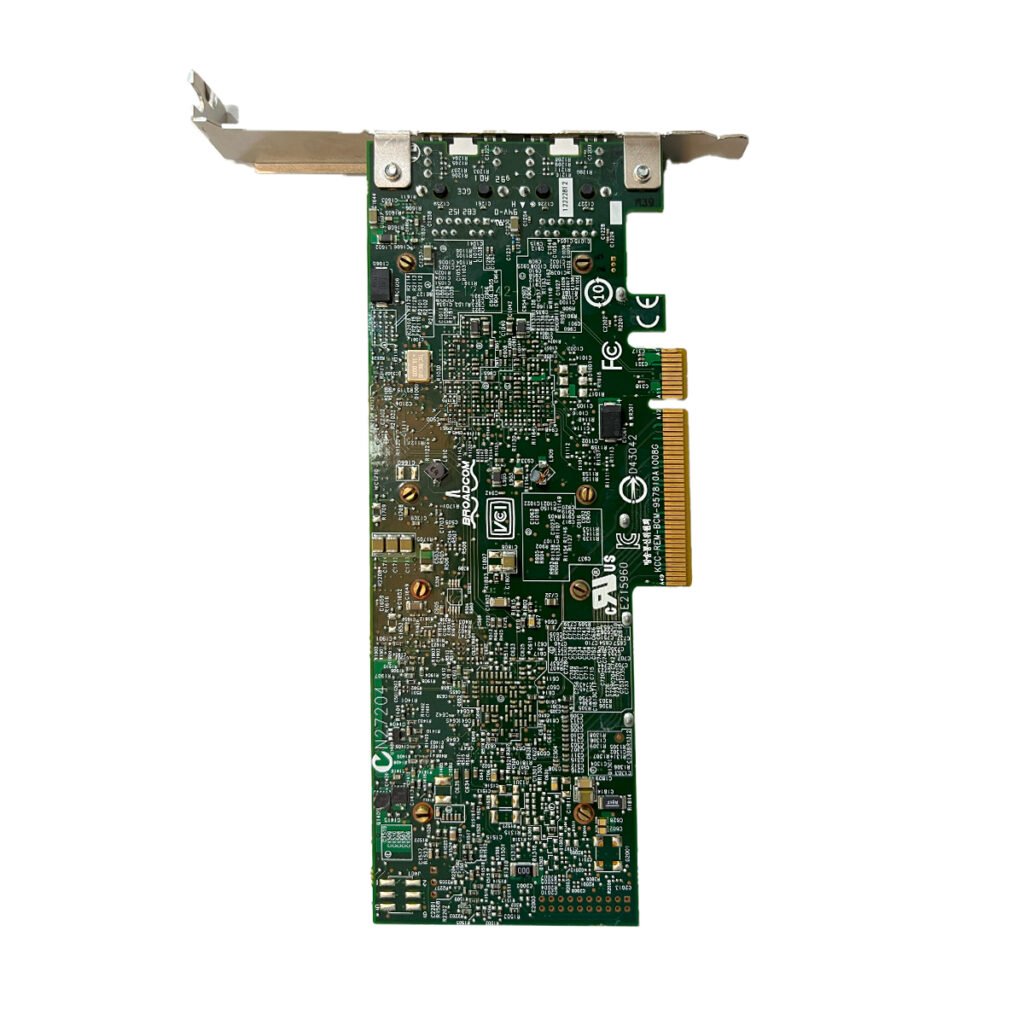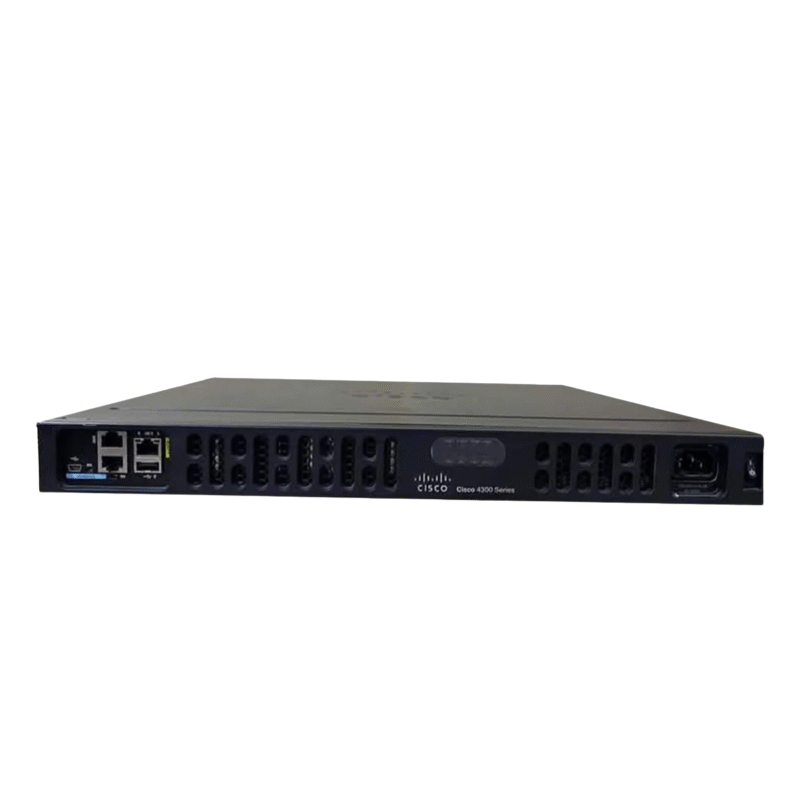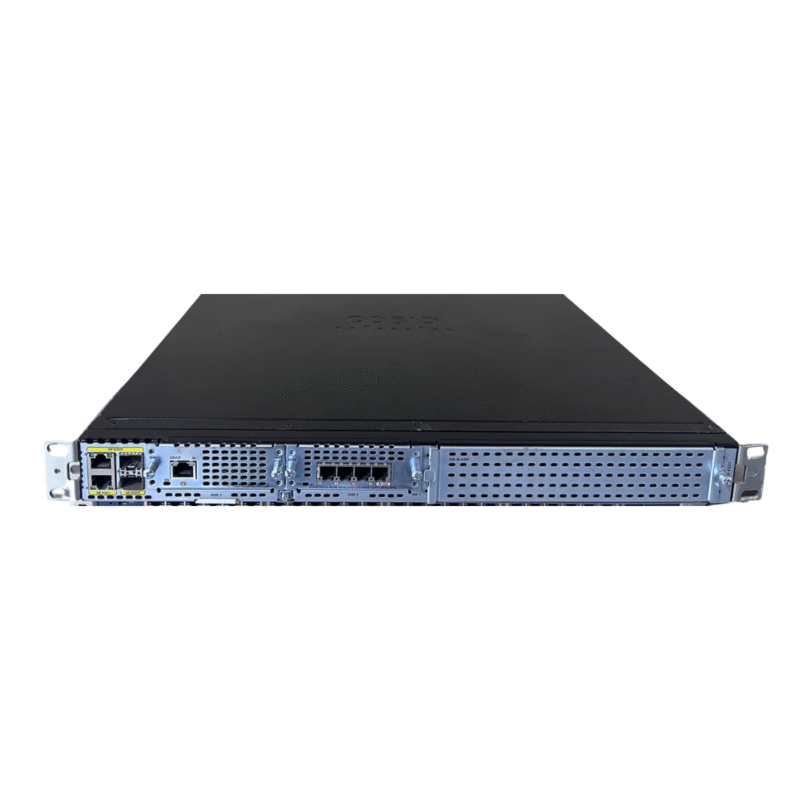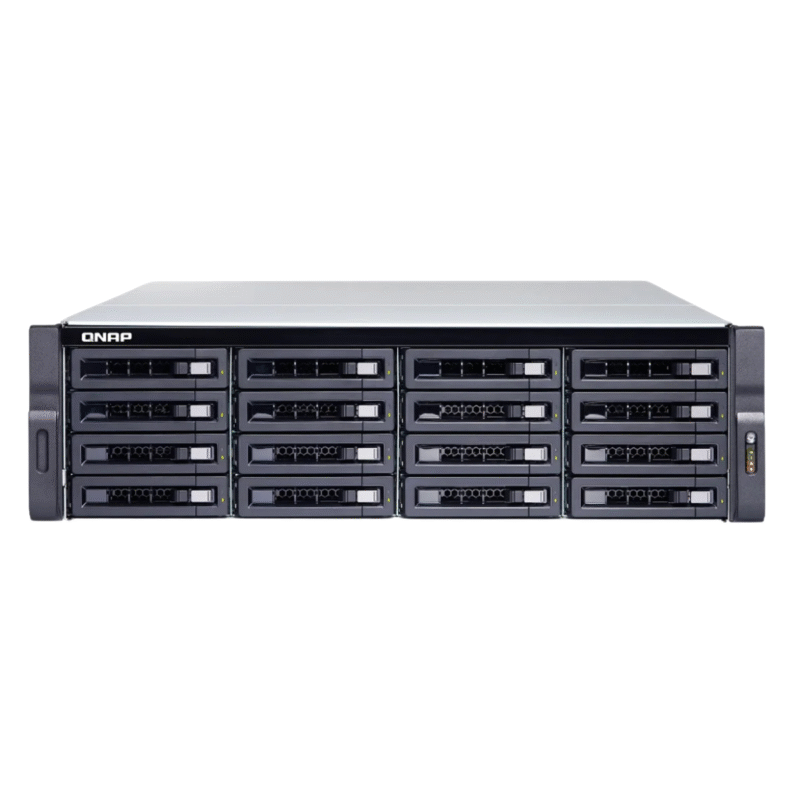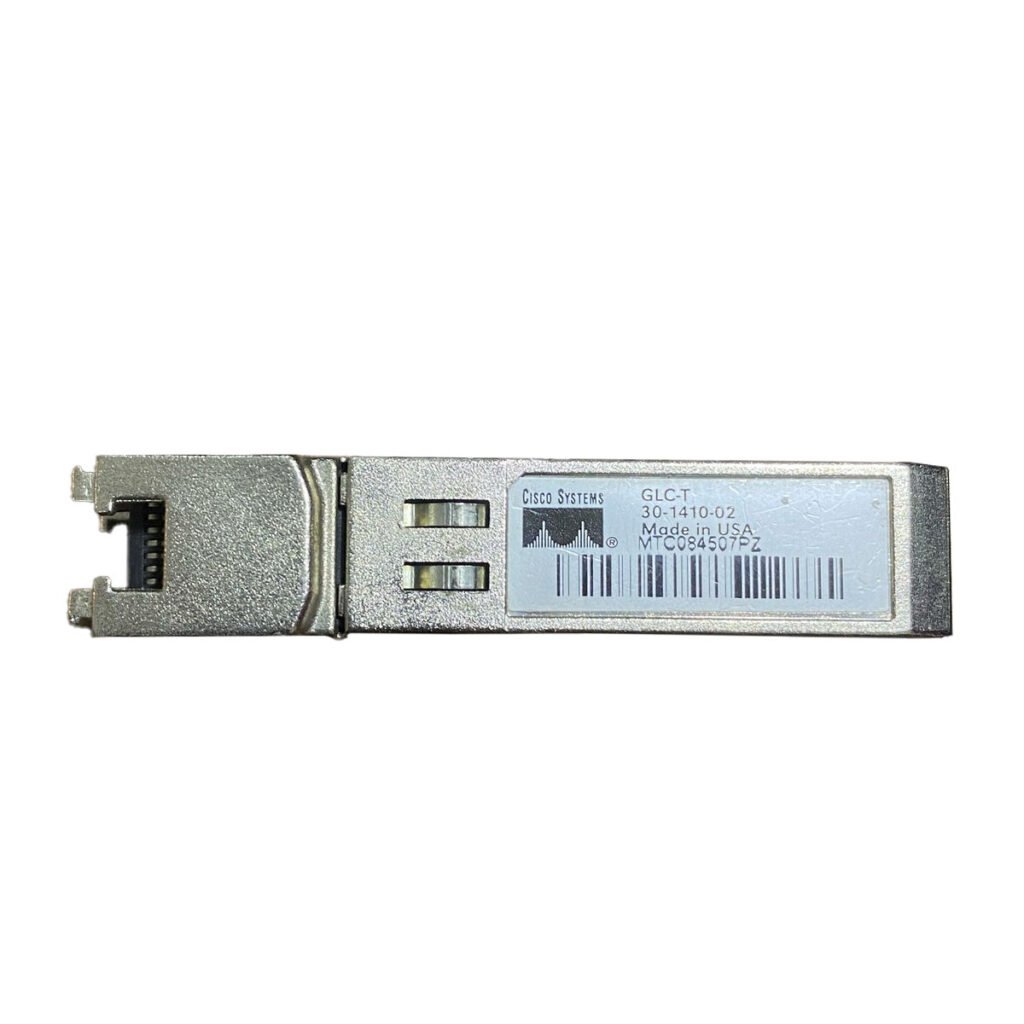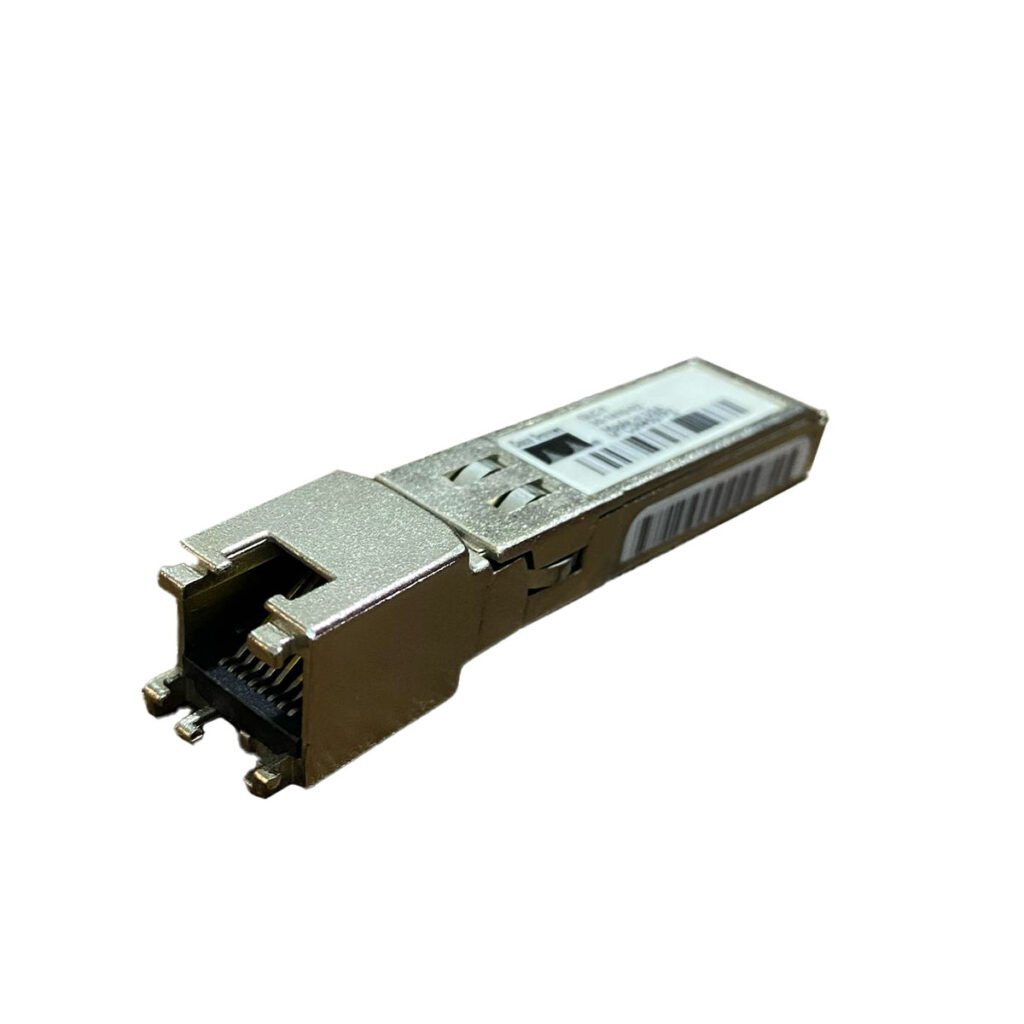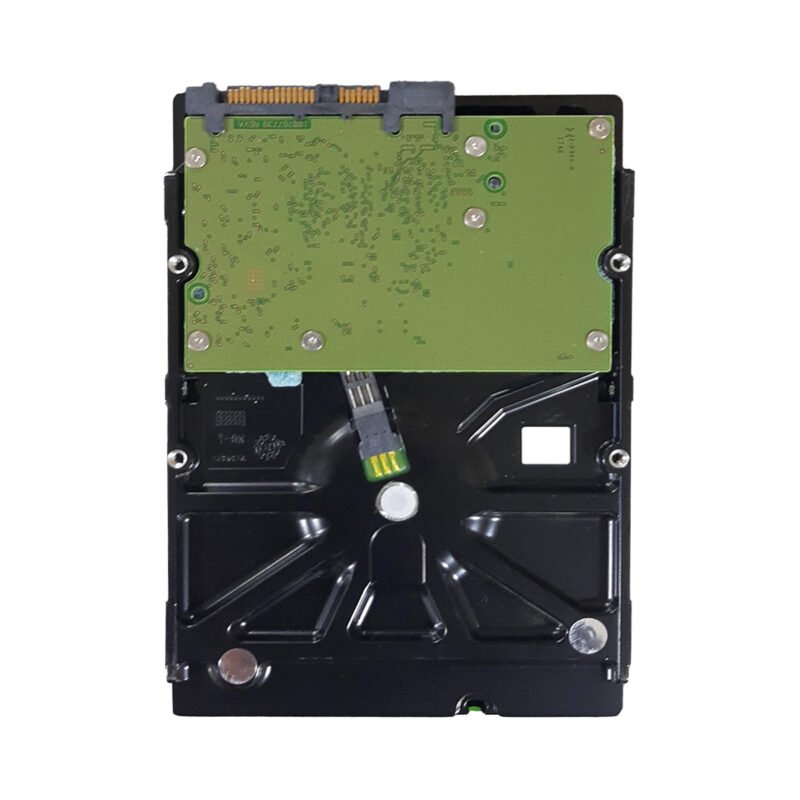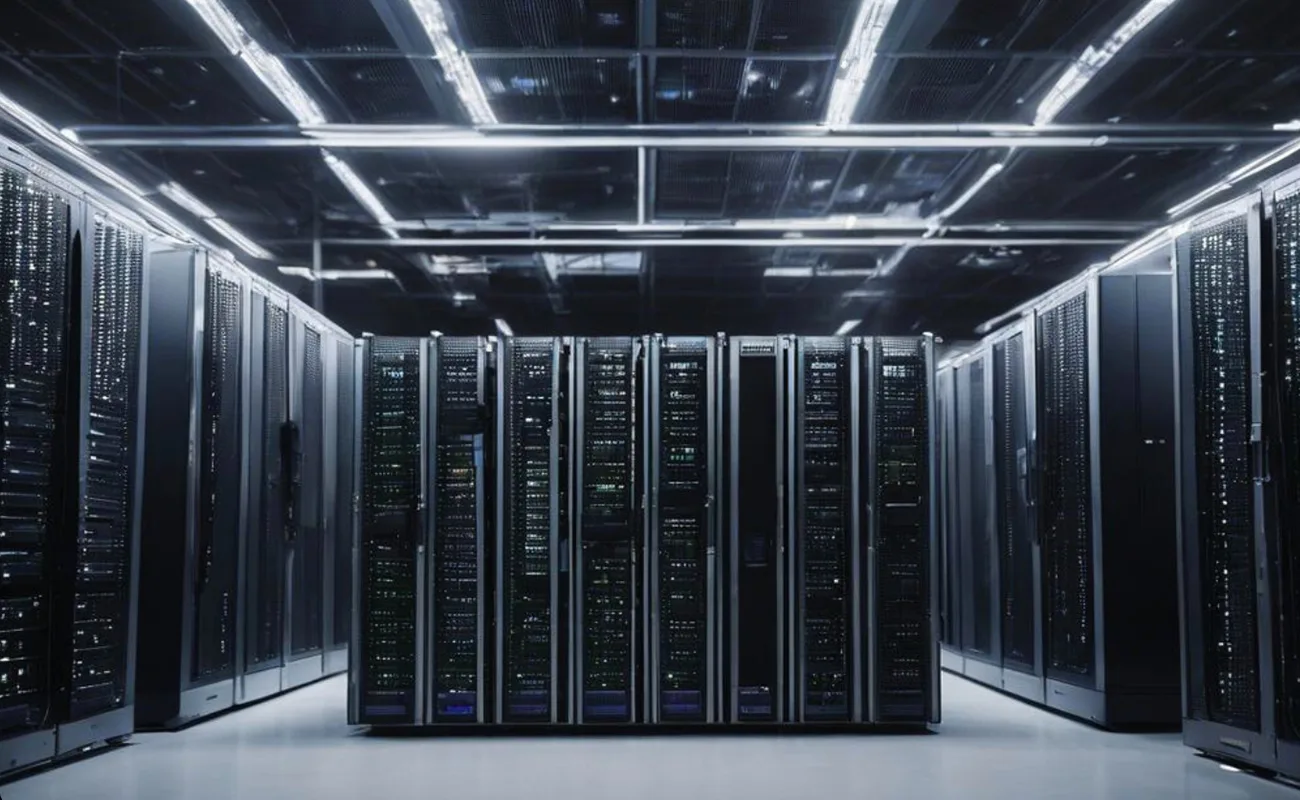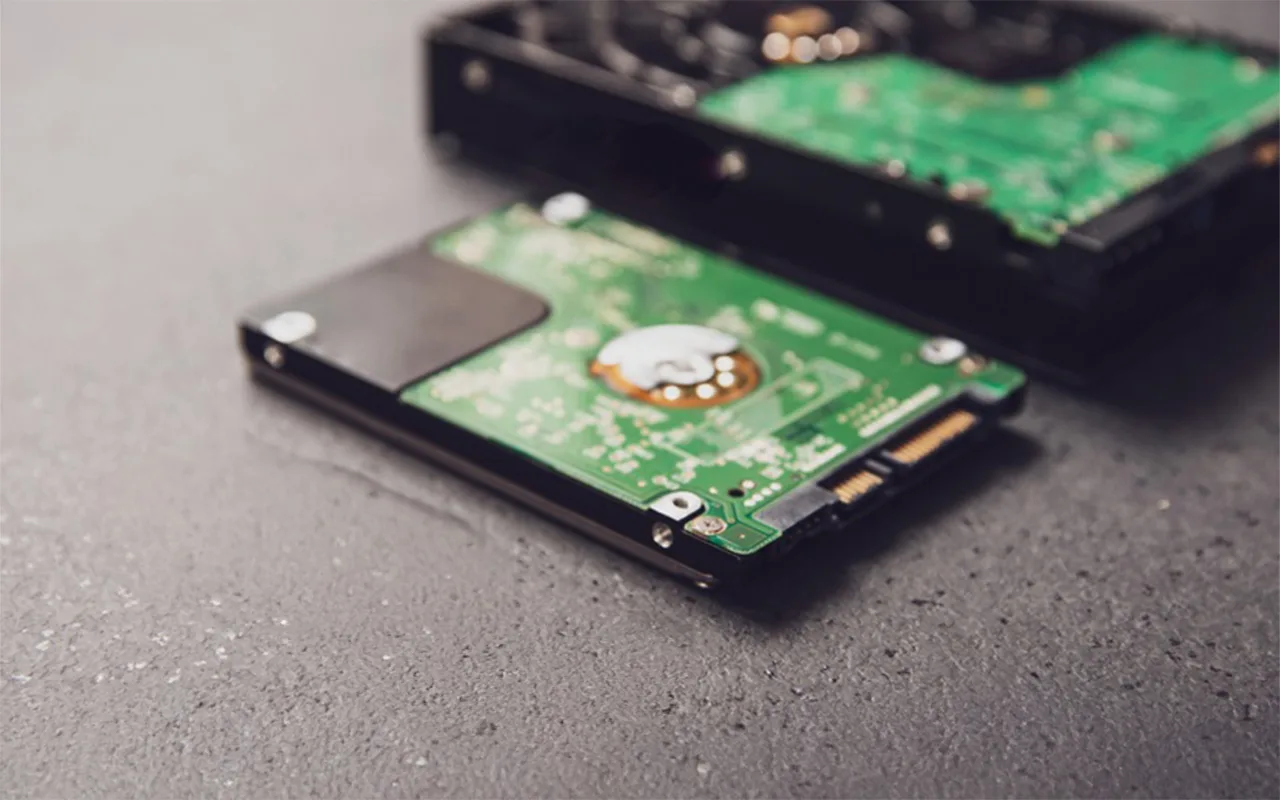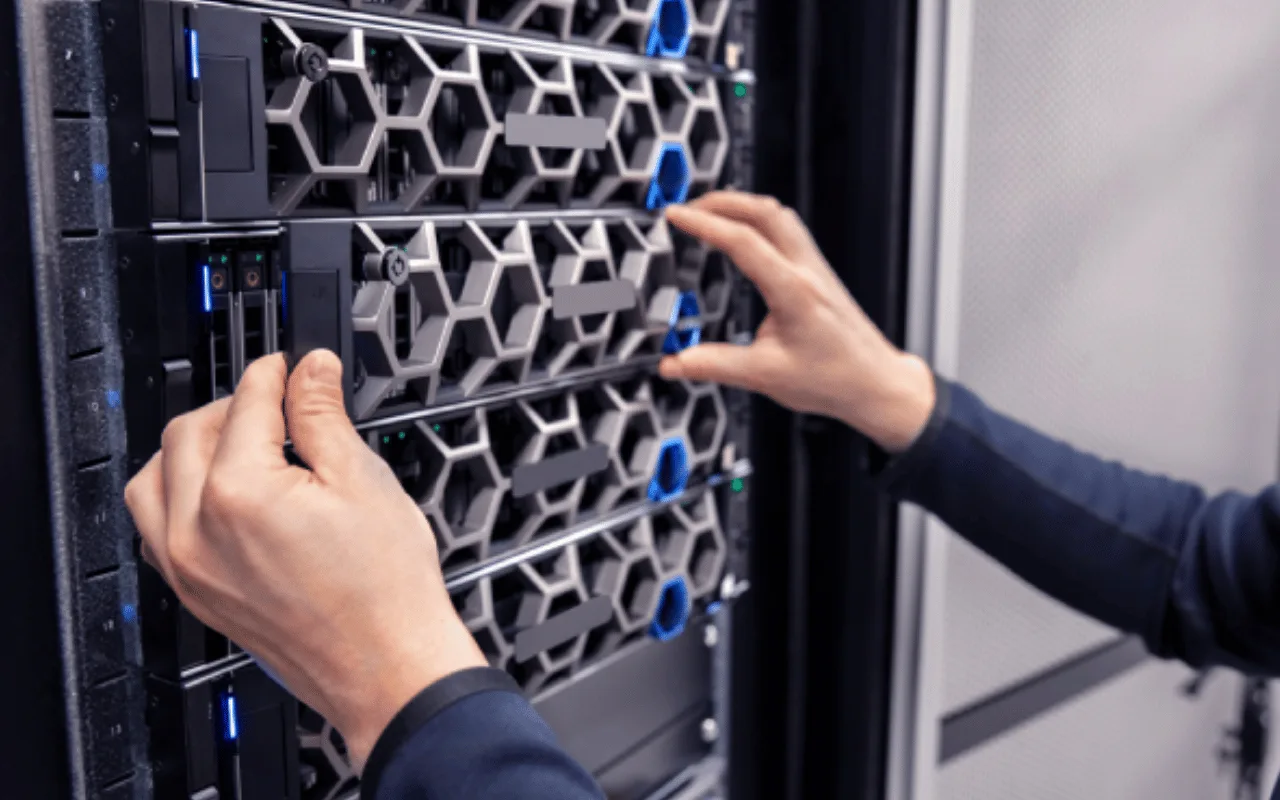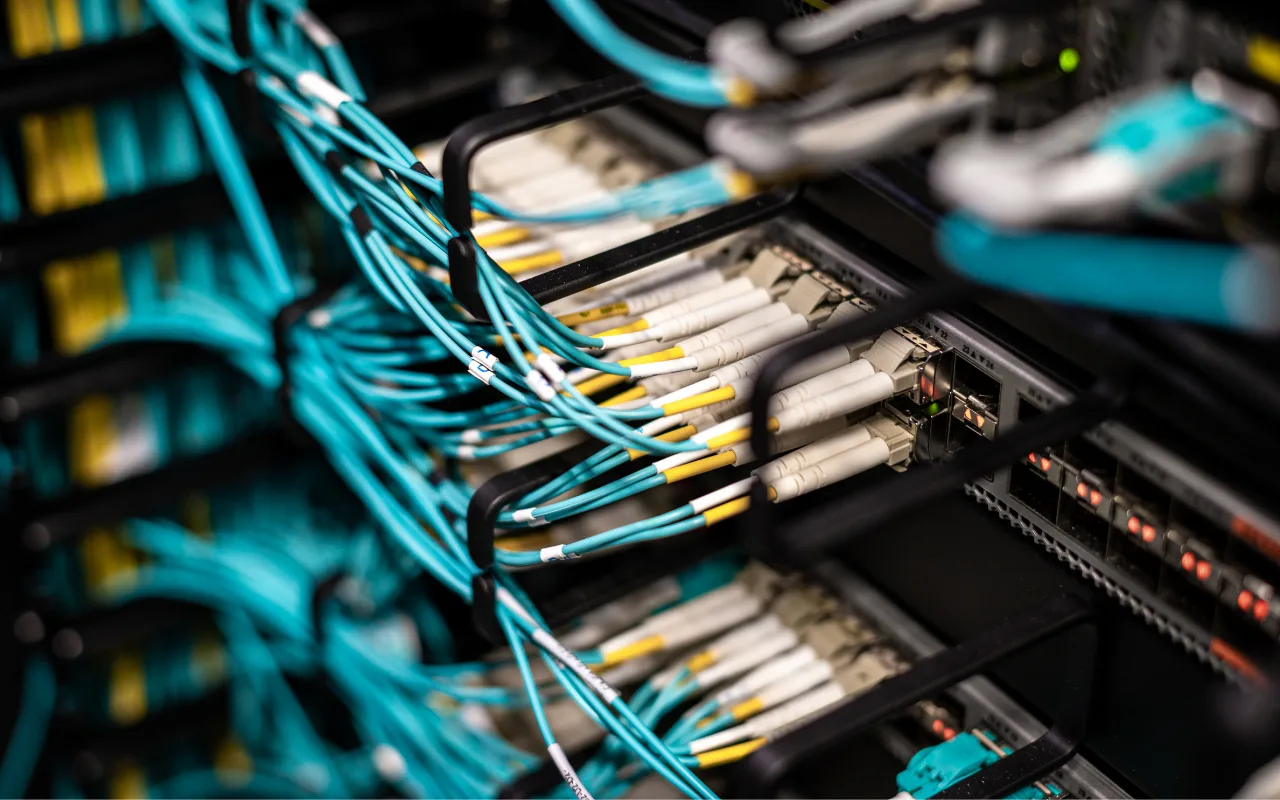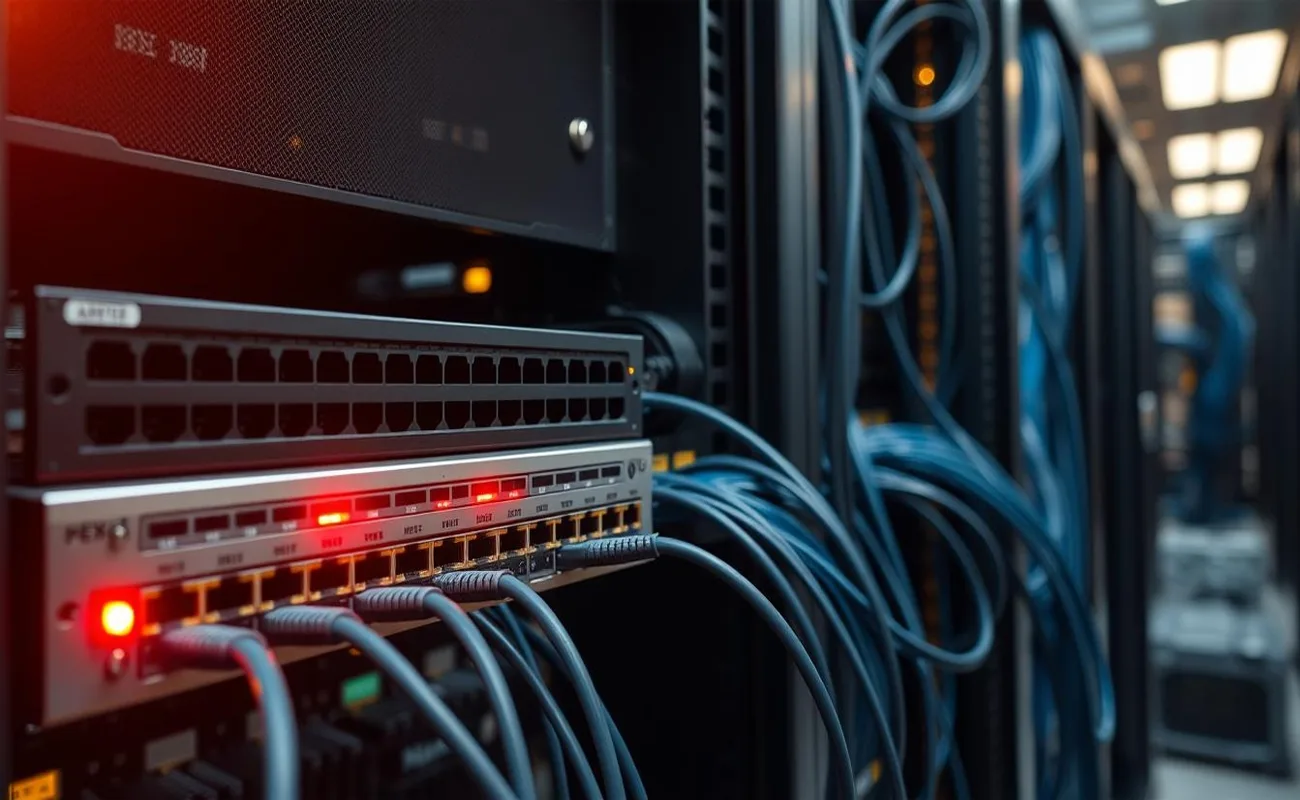
Introduction
Choosing the right network switch for your data center is not just a technical decision—it’s a strategic one that directly impacts performance, security, and scalability. In Egypt, as more businesses move toward digital transformation, the data center has become the beating heart of any organization. At the center of this infrastructure lies the network switch, which connects servers, users, and applications. In this article, we will explain the different types of network switches, compare key options like Layer 2 vs Layer 3, and help you understand how to select the best switch for your data center based on size, performance, and future growth.
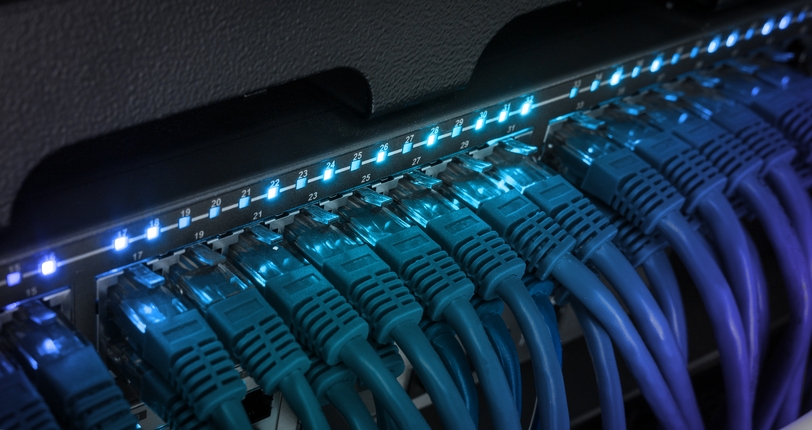
What Is a Network Switch and Why It Matters in Your Data Center
A network switch is a device that connects multiple devices within a local area network (LAN) or inside a data center. It manages data traffic by forwarding packets intelligently between servers, storage systems, and users.
But a switch is not just about connectivity—it ensures performance, security features, and scalability for the entire infrastructure. For large organizations in Egypt, such as banks, telecom companies, or government agencies, the wrong switch can slow down operations or even disrupt mission-critical services. This is why understanding the role of a network switch is the first step toward building a reliable and high-performing data center.

Understanding the Different Types of Network Switches for Data Centers
Before buying a network switch, it’s important to know the types of network switches available:
- Access Switches – Connect end devices such as computers, printers, and IP phones to the network.
- Distribution Switches – Act as an intermediary layer between access and core switches, consolidating traffic.
- Core Switches – Handle high-speed data transfer at the backbone of the network, ensuring fast and stable connections.
Each type plays a different role inside the data center. For example, startups may only need access switches, while larger enterprises in Egypt often require core switches for maximum reliability and performance.
Layer 2 vs Layer 3 Switches – Which One Should You Choose?
One of the biggest decisions is whether to choose a Layer 2 or Layer 3 network switch:
- Layer 2 Switch: Works at the data link layer using MAC addresses. It’s ideal for smaller networks or simple setups where advanced routing is not required.
- Layer 3 Switch: Works at the network layer using IP addresses. It supports advanced routing between networks, making it the best choice for large and complex data centers.
In the Egyptian market, big enterprises and service providers often prefer Layer 3 switches due to their ability to handle thousands of users and applications. Smaller businesses, on the other hand, may find that a Layer 2 switch provides a good balance between cost and efficiency.
Managed vs Unmanaged Network Switches: Pros and Cons
Another critical decision is whether to invest in a managed or unmanaged switch:
- Unmanaged Switch: Plug-and-play, affordable, and simple to use. However, it lacks advanced features and does not offer control over traffic or security. It’s best for very small offices or temporary setups.
- Managed Switch: Offers full control over your network with features like VLANs, traffic monitoring, Quality of Service (QoS), and advanced security features. While more expensive, it is the right choice for a data center that requires flexibility, performance, and long-term scalability.
For Egyptian companies planning to expand, a managed switch is a long-term investment that ensures better data protection and efficiency.
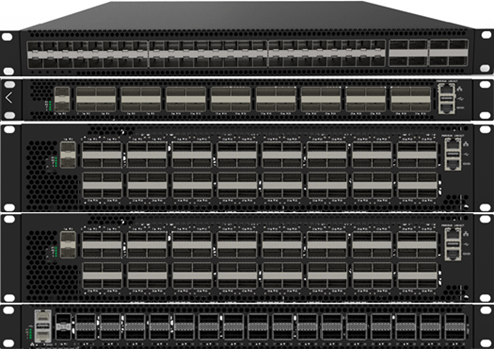
How to Choose a Network Switch Based on Data Center Size and Needs
To select the best switch for your data center, you need to evaluate several factors:
- Network Size – The number of servers, devices, and users will determine whether you need an access, distribution, or core switch.
- Performance Requirements – Consider whether you need Gigabit, 10 Gigabit, or even 40/100 Gigabit speeds depending on workloads.
- Scalability – Ensure the switch supports future growth and can handle additional devices without replacement.
- Security Features – Look for switches that support advanced security tools like firewalls, ACLs, and encryption.
- Budget vs Value – Businesses in Egypt often need to balance cost with reliability. Choosing the right model and vendor can make all the difference.
By analyzing these factors, you’ll be able to choose a network switch that not only meets your current needs but also supports future expansion.
Additional Tips for Choosing the Right Network Switch
- Select a switch that supports Jumbo Frames if your data center handles large files.
- Check the MAC Address Table Size, which determines how many devices can be connected.
- Review the operating temperature specifications, especially in hot environments like Egypt.
- Consider warranty and after-sales support, which can be a game-changer in case of failures.
Gigabit Switch vs 10 Gigabit Switch – Which Delivers Better Performance?
When choosing a network switch for your data center, one of the most common decisions is whether to go with a Gigabit switch or a 10 Gigabit switch. A Gigabit switch provides speeds up to 1 Gbps, which is sufficient for many small to medium-sized businesses. However, in modern data centers handling cloud applications, virtualization, and heavy data workloads, a 10 Gigabit switch often delivers far better performance and future-proof scalability. While the cost of 10G switches is higher, they provide significantly lower latency, faster data transfers, and the ability to handle high-performance computing environments. For Egyptian companies looking to stay competitive in 2025, 10G is becoming the smarter long-term investment.
Core Switch vs Access Switch – Finding the Right Fit
Understanding the difference between a core switch and an access switch is critical when designing your data center. An access switch is used to connect end devices like desktops, laptops, and IP phones to the network. On the other hand, a core switch operates at the backbone of the infrastructure, managing high-speed traffic between servers, storage, and distribution layers. In smaller networks, access switches might be sufficient, but in enterprise-level data centers, core switches are essential for stability, performance, and scalability. The right balance between core and access switches ensures that your data center can handle both day-to-day operations and future growth.
Key Features to Look for in a Data Center Network Switch
When evaluating the best switch for your data center, there are several key features to consider:
- Speed and Port Density – Choose between Gigabit, 10G, or even 40/100G depending on workload.
- Scalability – The ability to add more devices and scale with business growth.
- Security Features – VLANs, Access Control Lists (ACLs), and encryption are essential.
- Redundancy and Reliability – Features like dual power supplies help prevent downtime.
- Energy Efficiency – Helps reduce operating costs, especially in large-scale Egyptian data centers.
By focusing on these features, IT managers can ensure they select a network switch that delivers maximum value.

Best Network Switches for Data Centers in 2025
As technology advances, the best switches for data centers in 2025 are those that combine speed, intelligence, and energy efficiency. Many vendors are offering Layer 3 managed switches with advanced routing, virtualization support, and built-in AI-powered monitoring tools. Popular options include 10 Gigabit switches for mid-sized businesses and 40/100G core switches for large enterprises. Egyptian companies should prioritize switches that not only meet current performance needs but also support future technologies like IoT and cloud integration. Investing in modern switches today ensures that your data center remains competitive and capable of handling tomorrow’s challenges.
Tips for Selecting a Scalable and Energy-Efficient Network Switch
For businesses in Egypt, energy costs and scalability are two critical factors when choosing a network switch. Here are a few tips:
- Pick switches that support modular expansion so you can add more ports when needed.
- Choose energy-efficient switches with smart cooling systems to reduce electricity costs.
- Ensure the switch is cloud-ready, supporting SDN (Software Defined Networking) and automation tools.
By following these tips, companies can maximize ROI, save costs, and ensure their data center is both sustainable and future-proof.
Common Mistakes When Choosing a Network Switch (and How to Avoid Them)
Many organizations make errors when selecting a network switch for their data center. Common mistakes include:
- Choosing based only on price without considering performance.
- Ignoring future scalability and outgrowing the switch too soon.
- Overlooking security features that are essential for data protection.
- Not checking vendor support and warranty options.
To avoid these pitfalls, businesses should carefully assess their network requirements, compare models, and consult with IT experts before making a decision. Avoiding mistakes upfront saves money and ensures long-term stability.
How Network Switches Enhance Security and Reliability in a Data Center
Modern network switches are not just about speed; they play a vital role in enhancing the security and reliability of your data center. With features like Access Control Lists (ACLs), VLAN segmentation, and real-time monitoring, switches can prevent unauthorized access and isolate threats. In addition, redundancy features like dual power supplies and failover mechanisms ensure maximum uptime. For Egyptian businesses handling sensitive financial or customer data, investing in secure, managed switches is essential to meet compliance standards and protect against cyber threats.
Step-by-Step Guide to Selecting the Right Switch for Your Business
Choosing the best switch for your data center becomes easier when following a structured process:
- Assess your current network requirements – number of devices, bandwidth needs.
- Define future goals – consider scalability and cloud integration.
- Decide on switch type – access, distribution, or core switch.
- Choose between Layer 2 or Layer 3 based on routing requirements.
- Select managed or unmanaged depending on your control needs.
- Compare vendors and models focusing on reliability, warranty, and support.
By following this guide, businesses in Egypt can confidently select the right network switch for their unique needs.
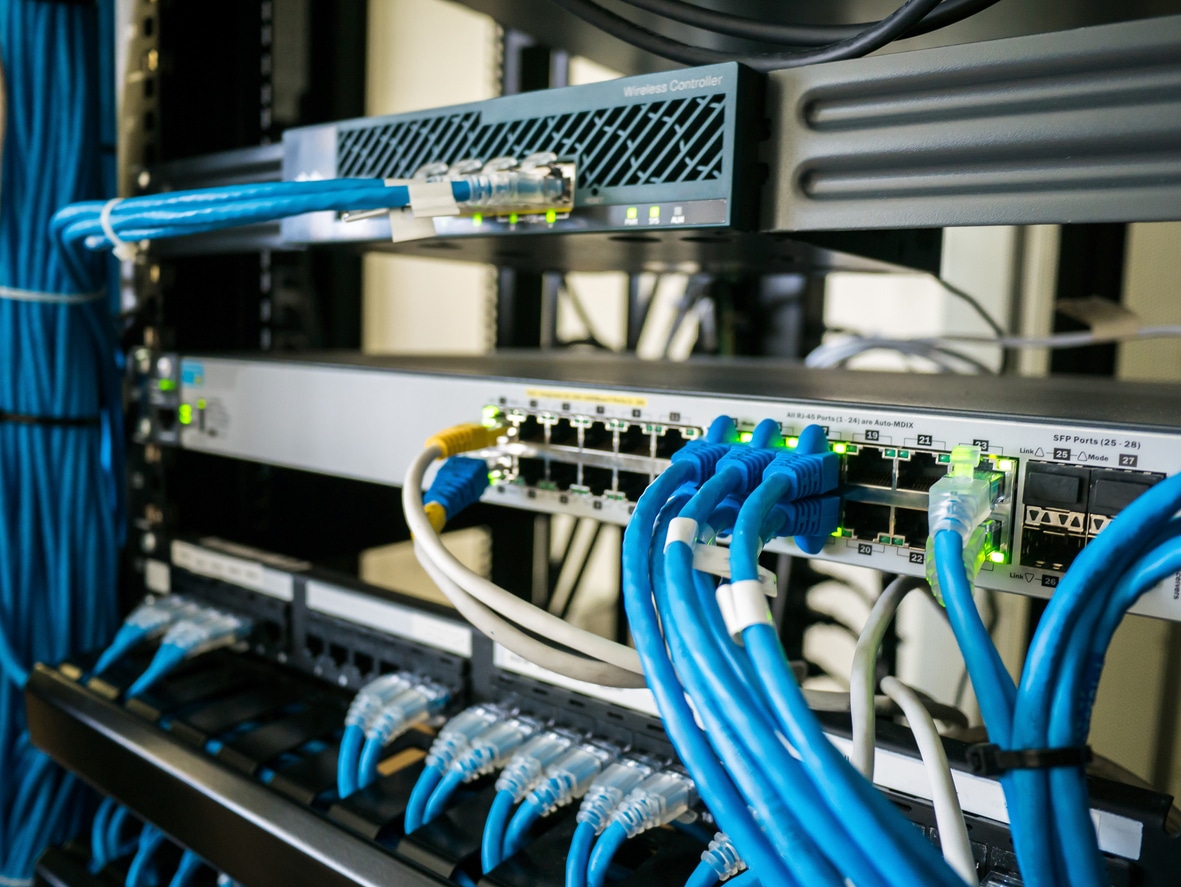
The Future of Data Center Networking with AI and Cloud Integration
The future of data center networking is being shaped by AI, automation, and cloud integration. AI-powered switches can monitor traffic patterns, predict failures, and automatically optimize performance. Meanwhile, cloud-ready switches allow seamless integration with hybrid and multi-cloud environments, making them essential for businesses that rely on cloud computing. In Egypt and the wider Middle East, companies adopting AI-driven network switches will enjoy faster performance, lower downtime, and smarter resource allocation. Investing in these technologies today positions businesses for long-term success in the digital economy.
Conclusion – Choosing the Right Network Switch with Confidence
Selecting the right network switch for your data center is an investment that impacts performance, security, and growth. From comparing Gigabit vs 10 Gigabit, understanding core vs access switches, and evaluating key features, to avoiding common mistakes, every step matters.
The Egyptian market in 2025 demands smart, scalable, and energy-efficient solutions. By following best practices and consulting with IT experts, you can ensure your data center is ready for the future. Contact us today for a professional consultation and let us help you choose the best switch for your business needs.


